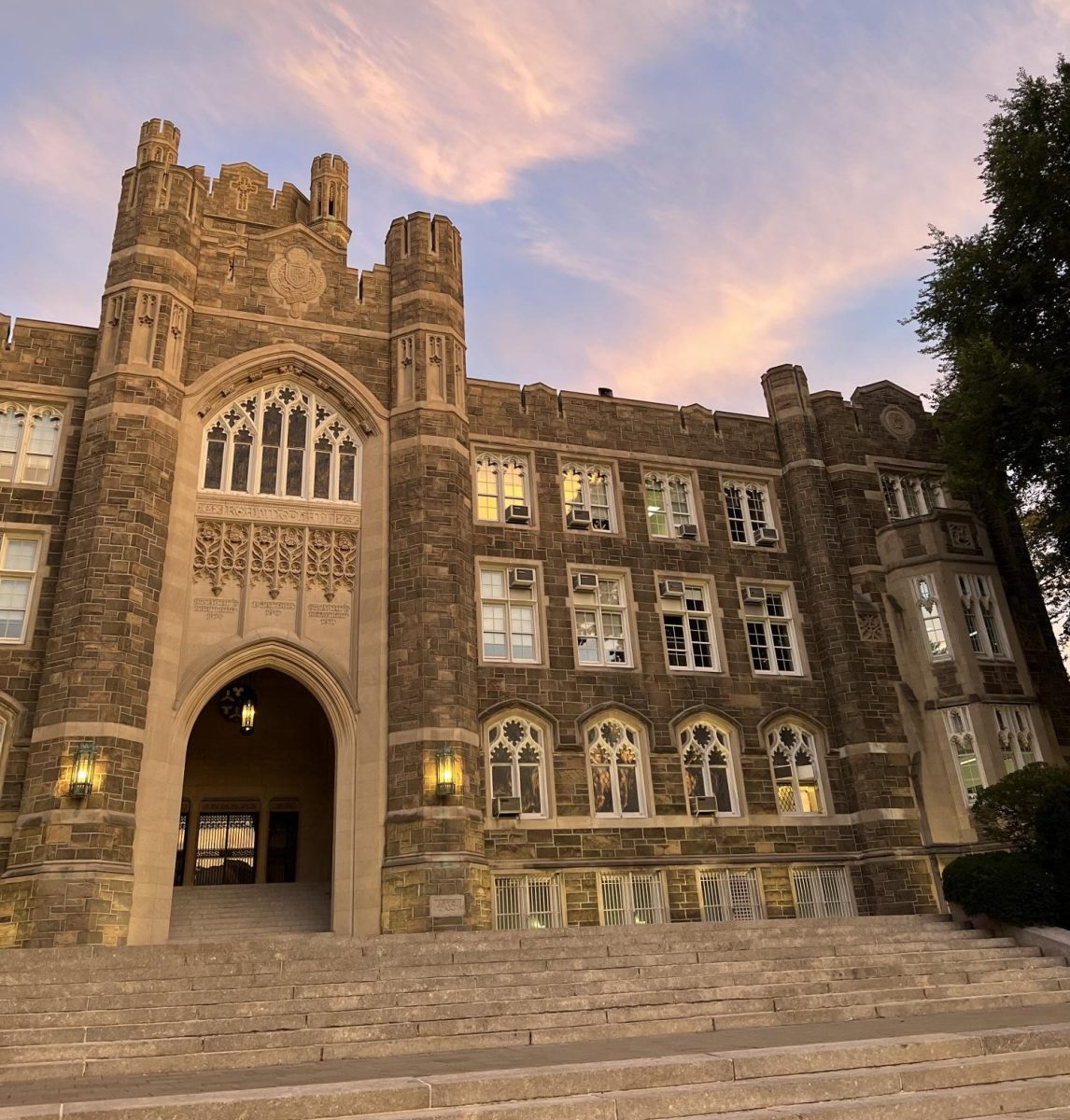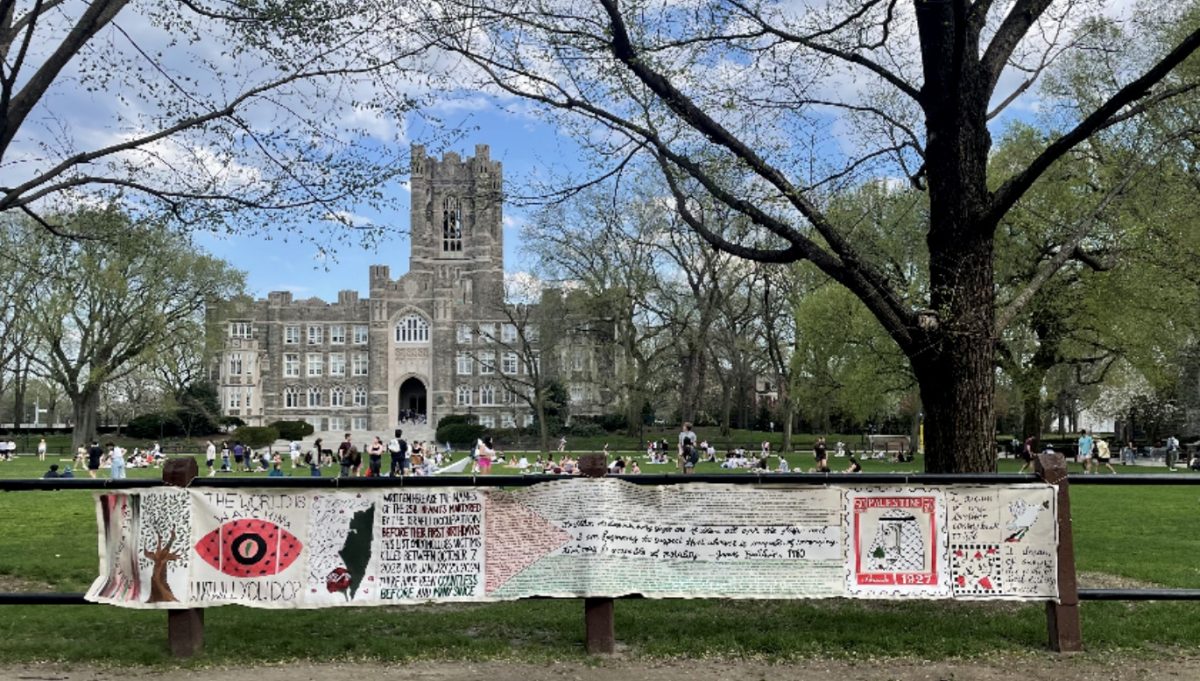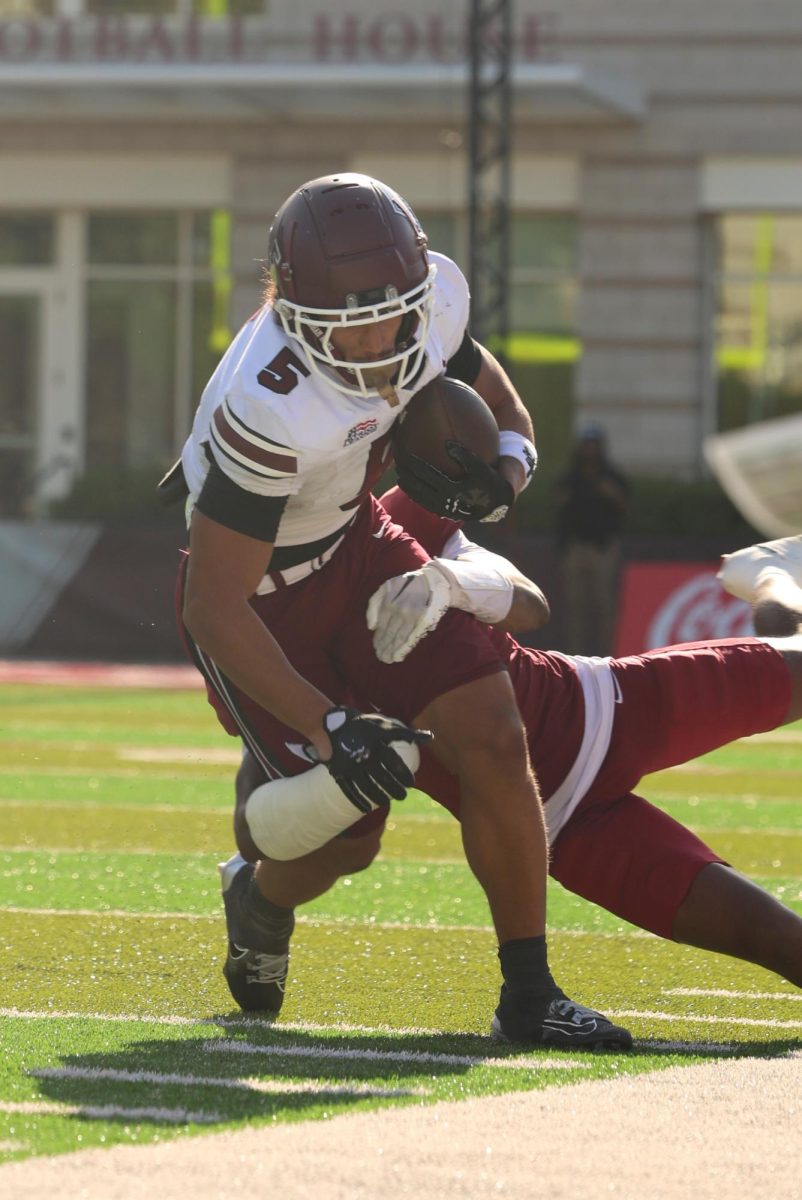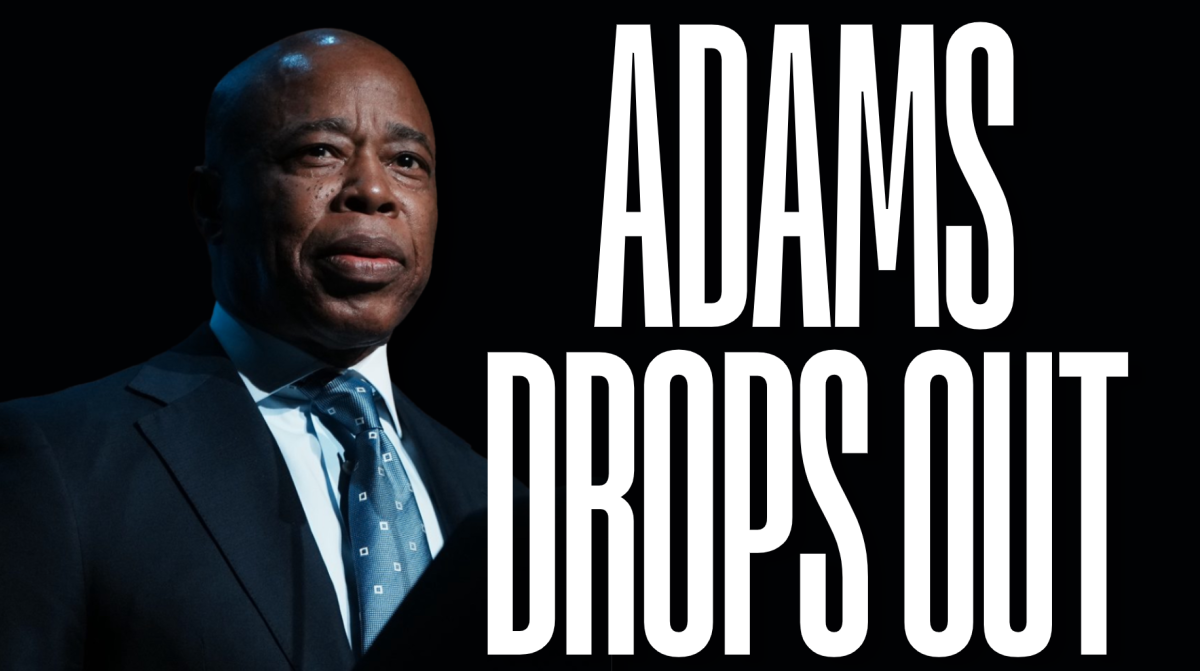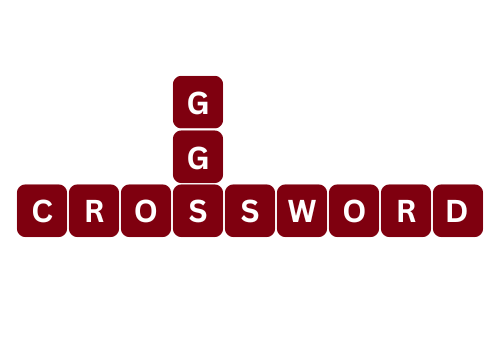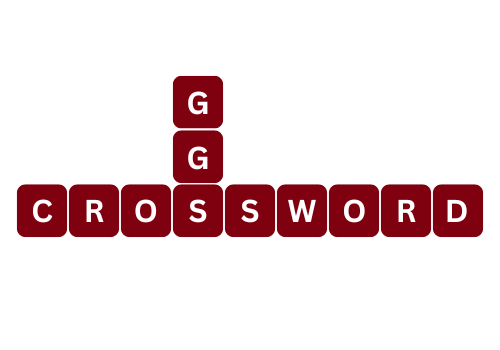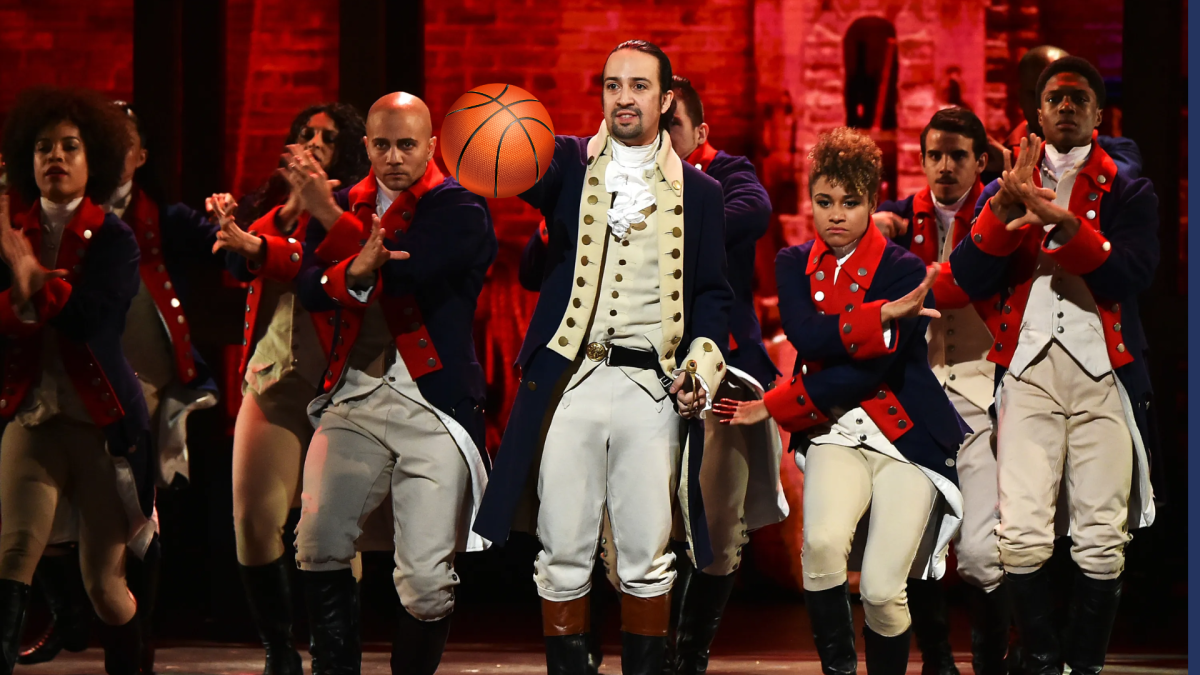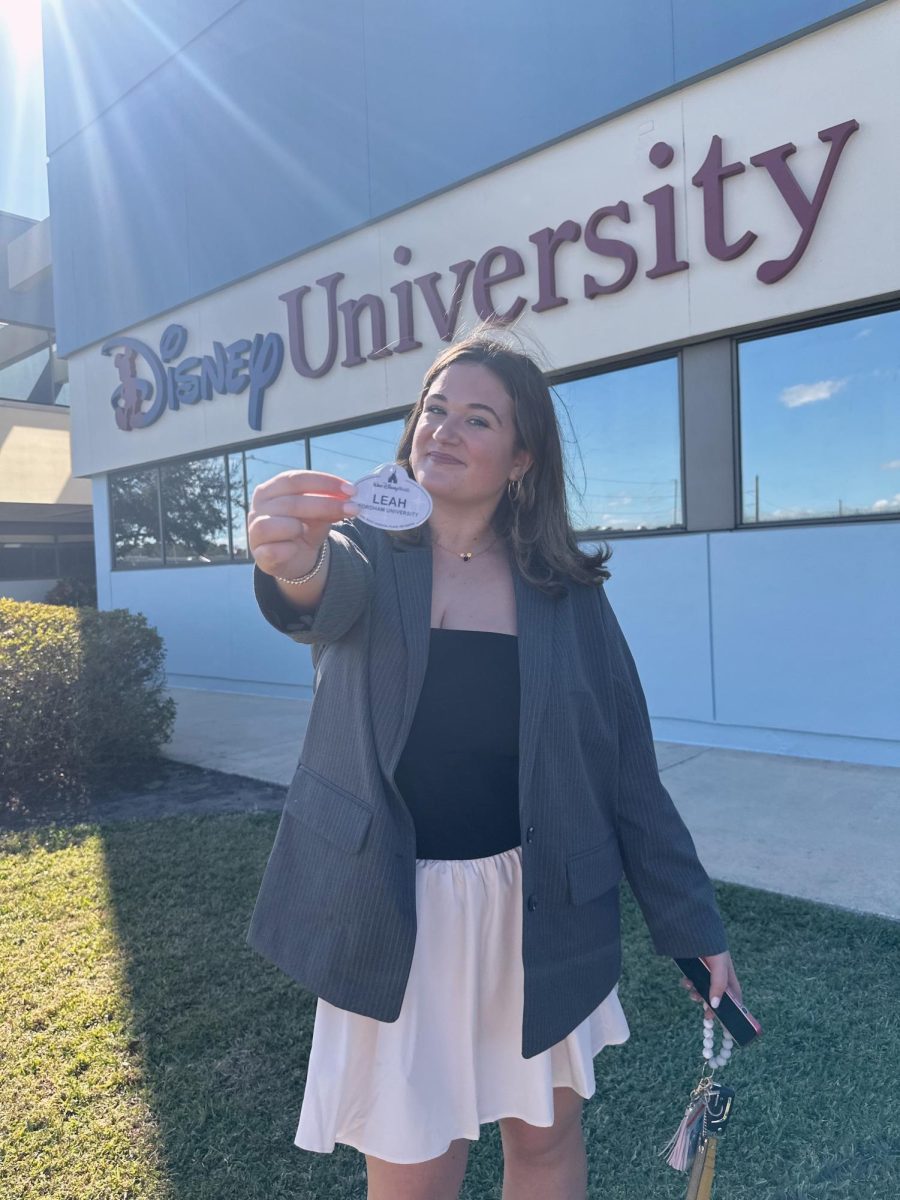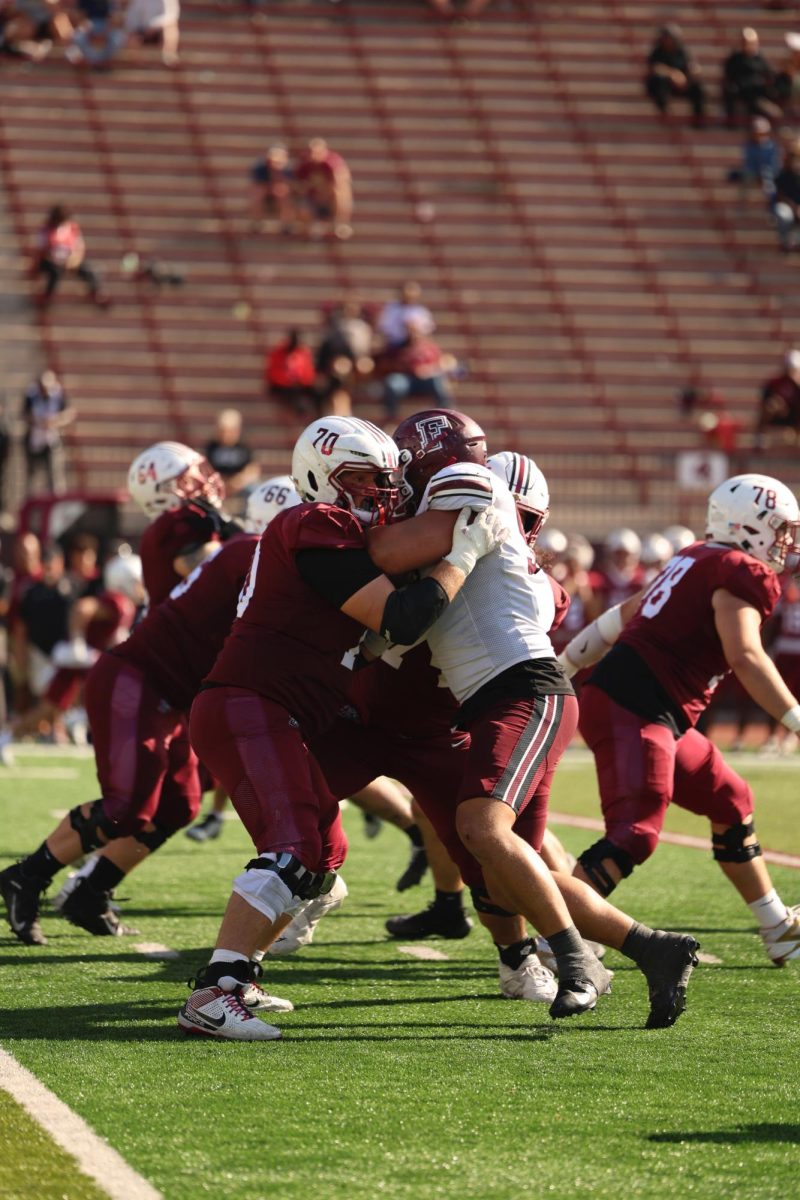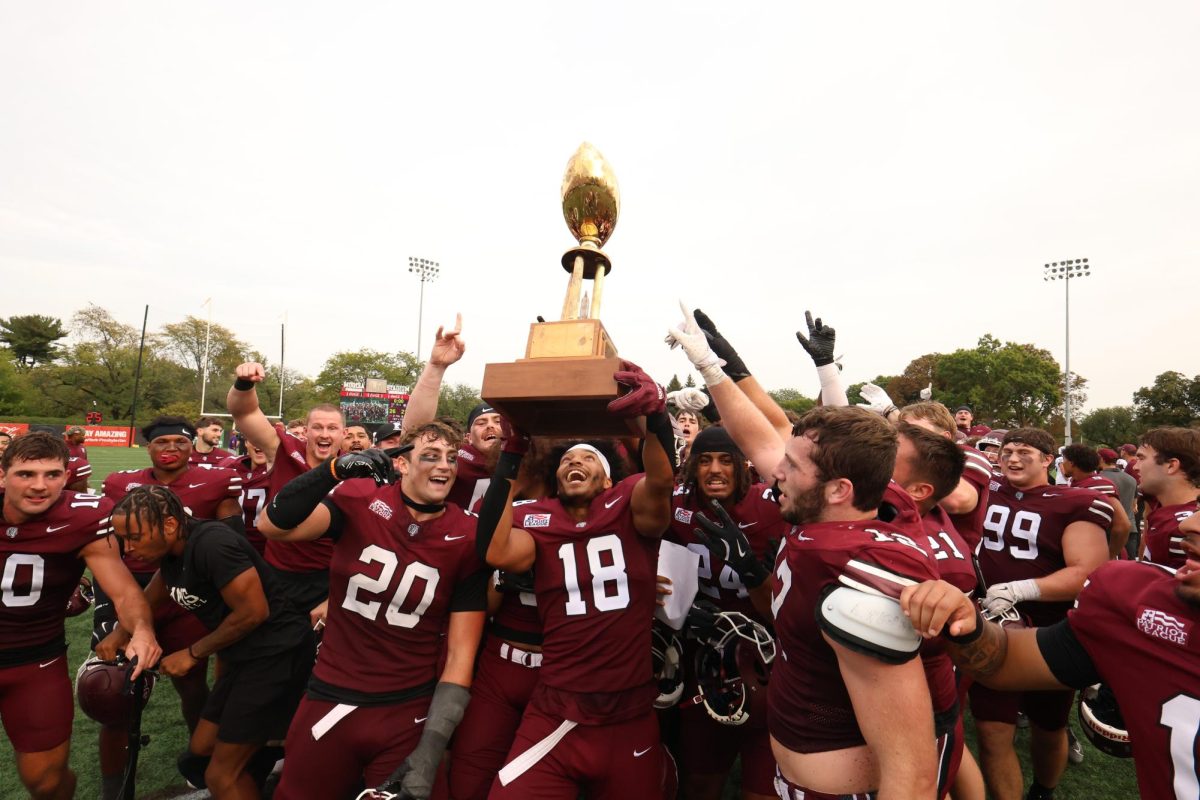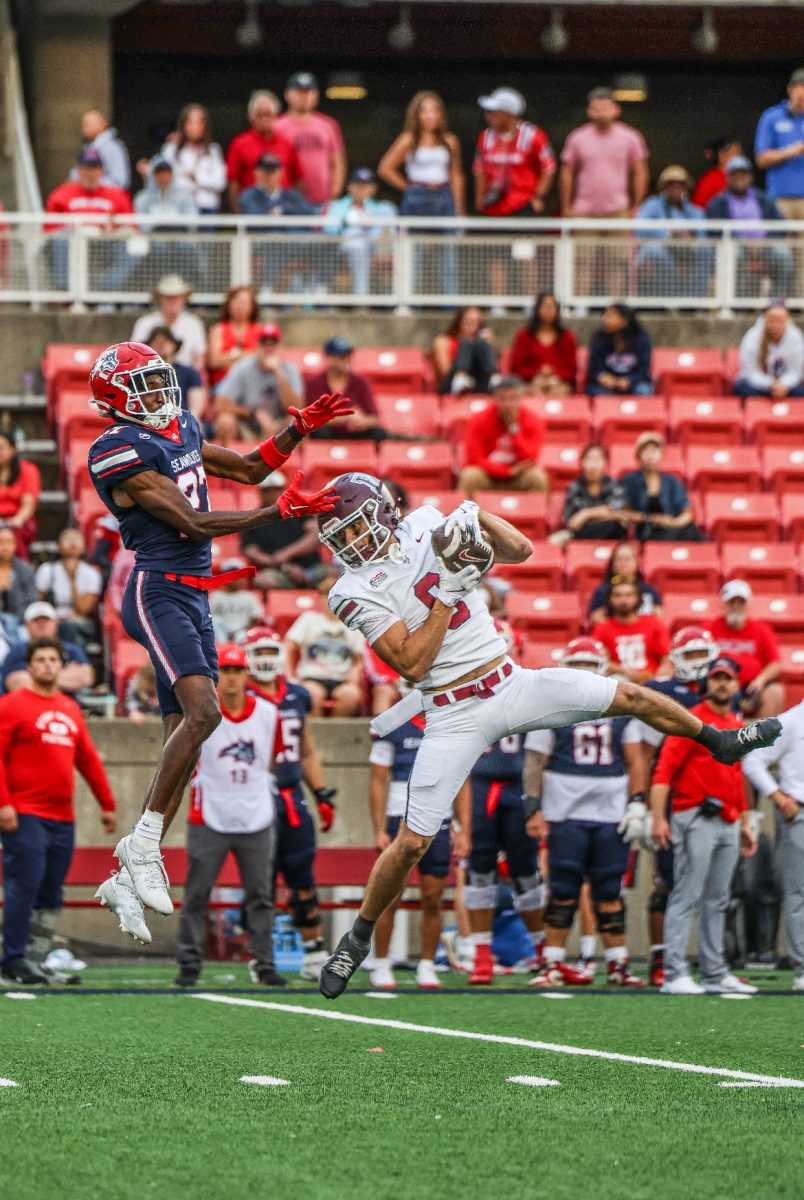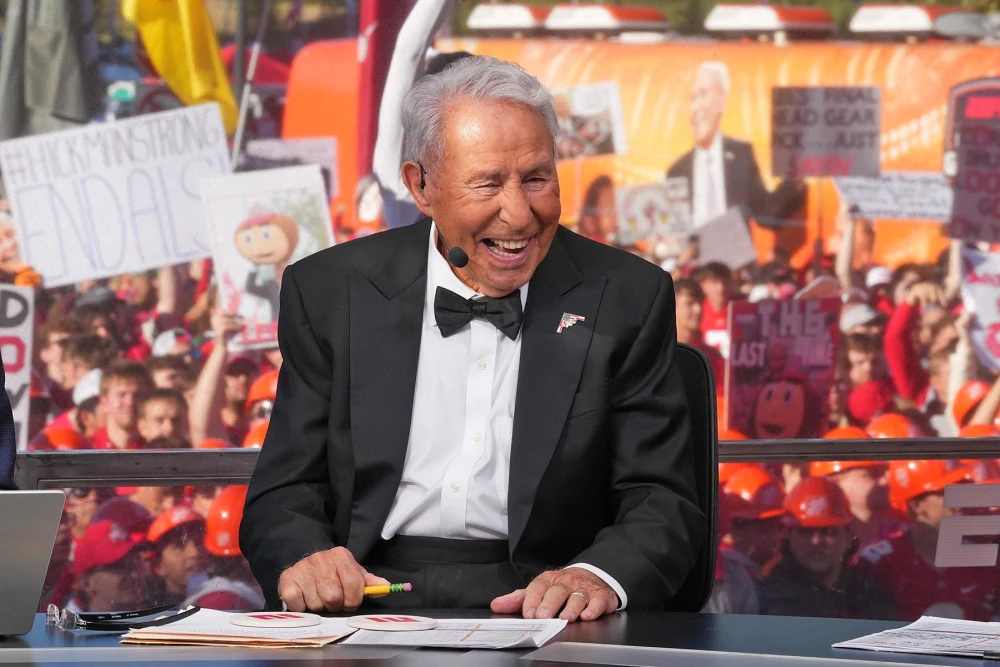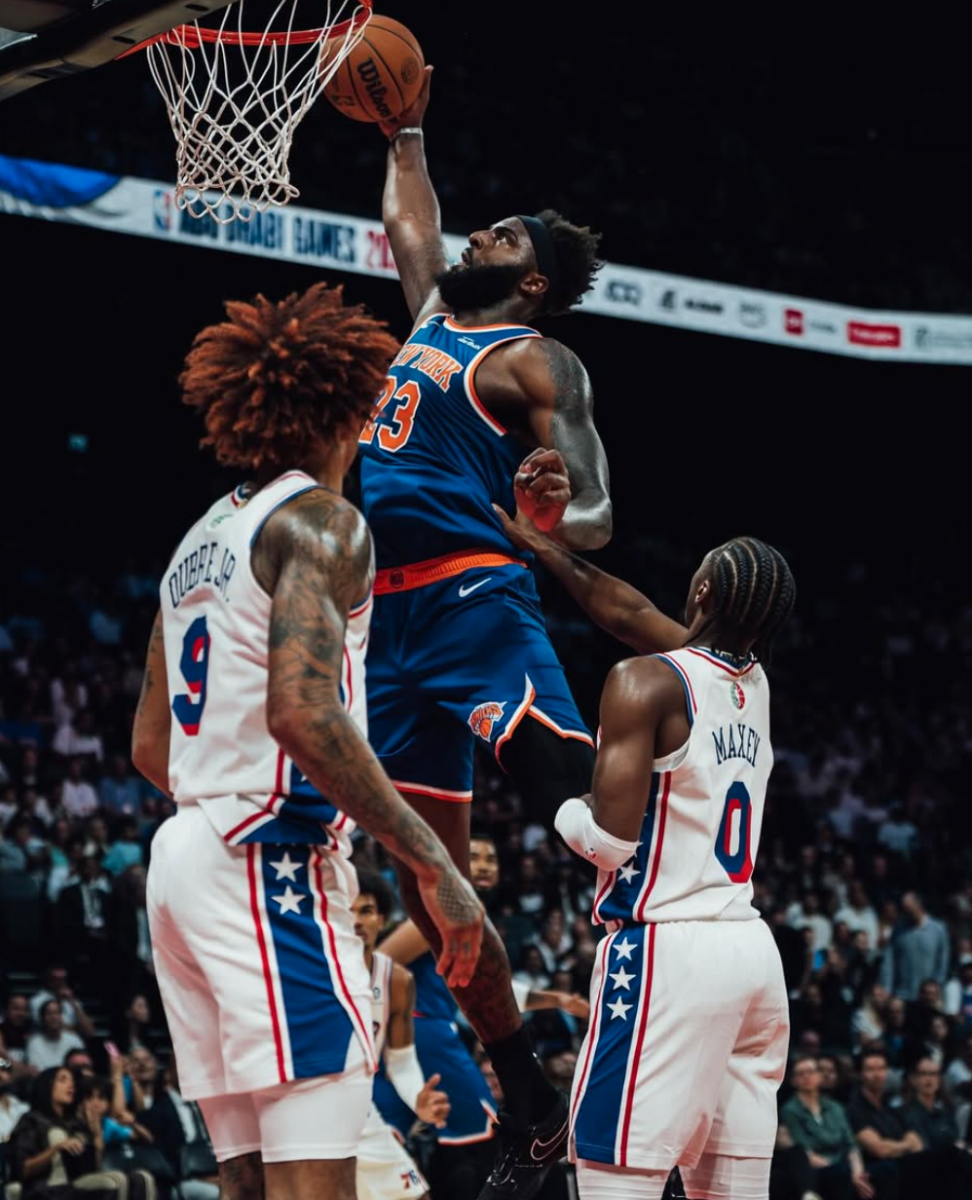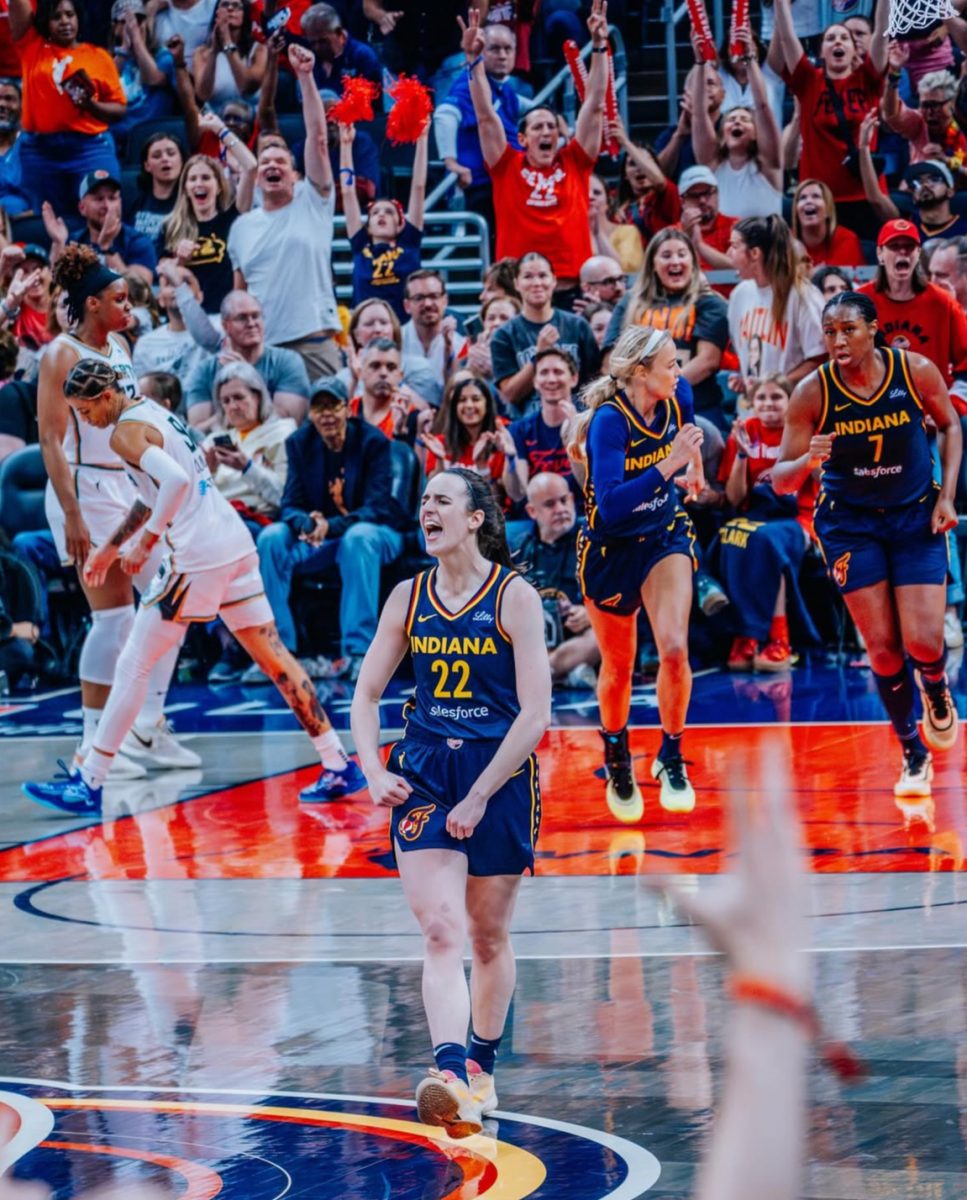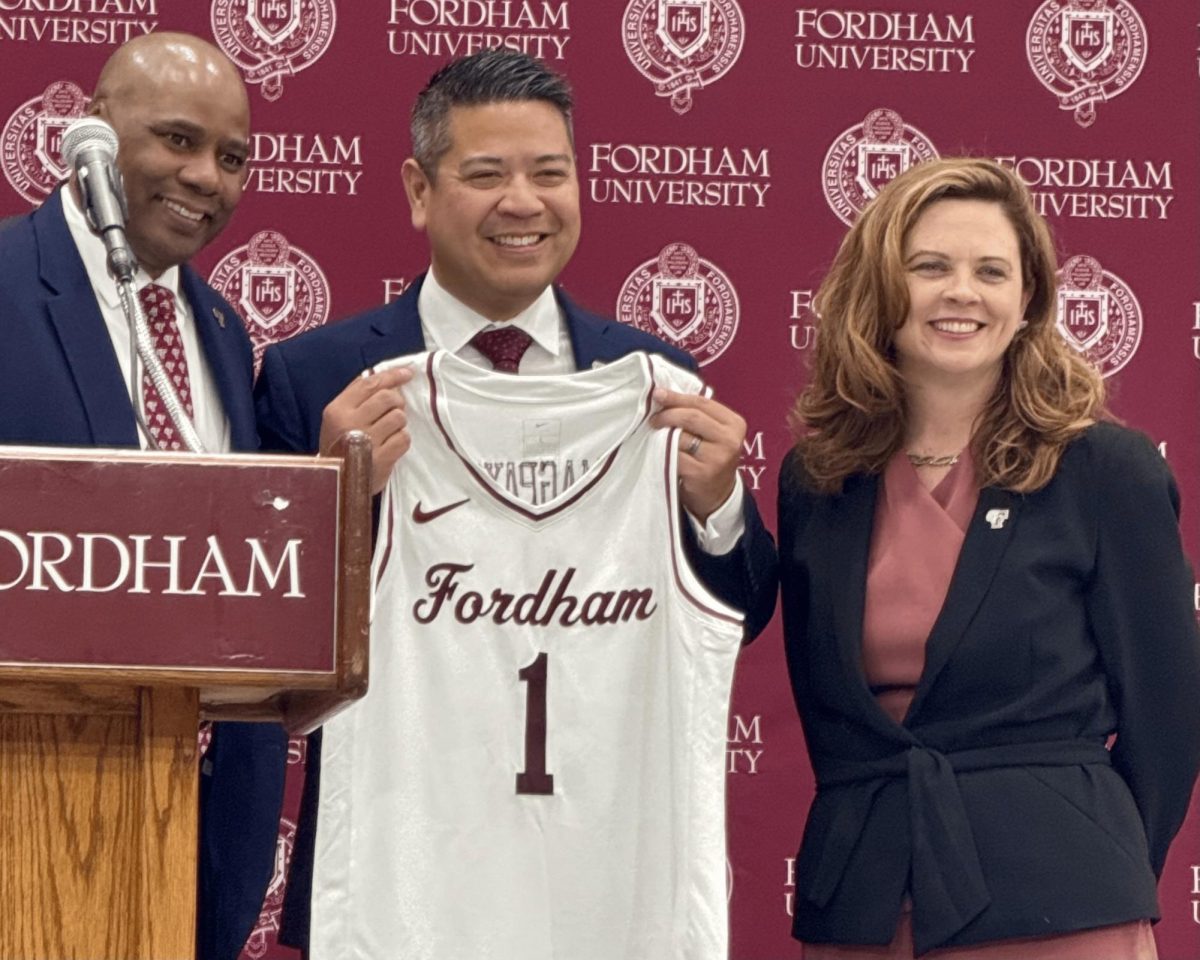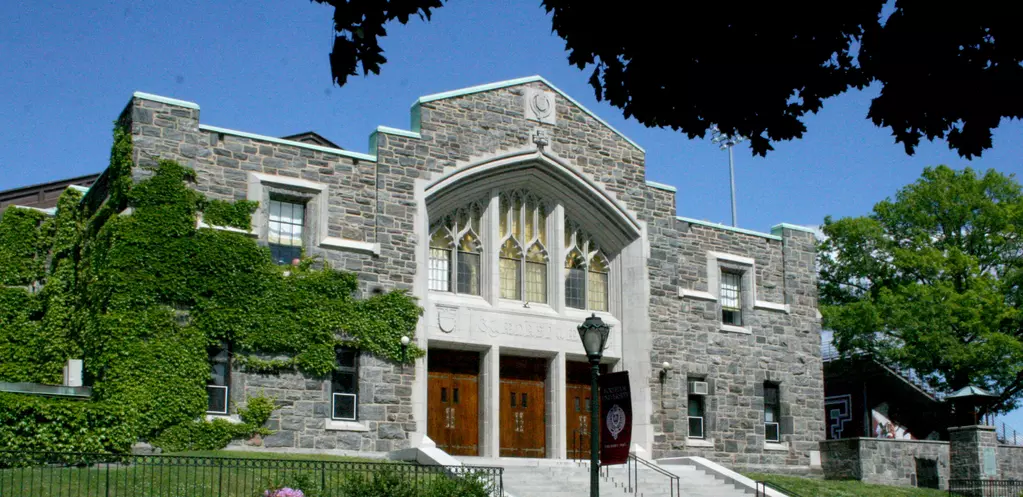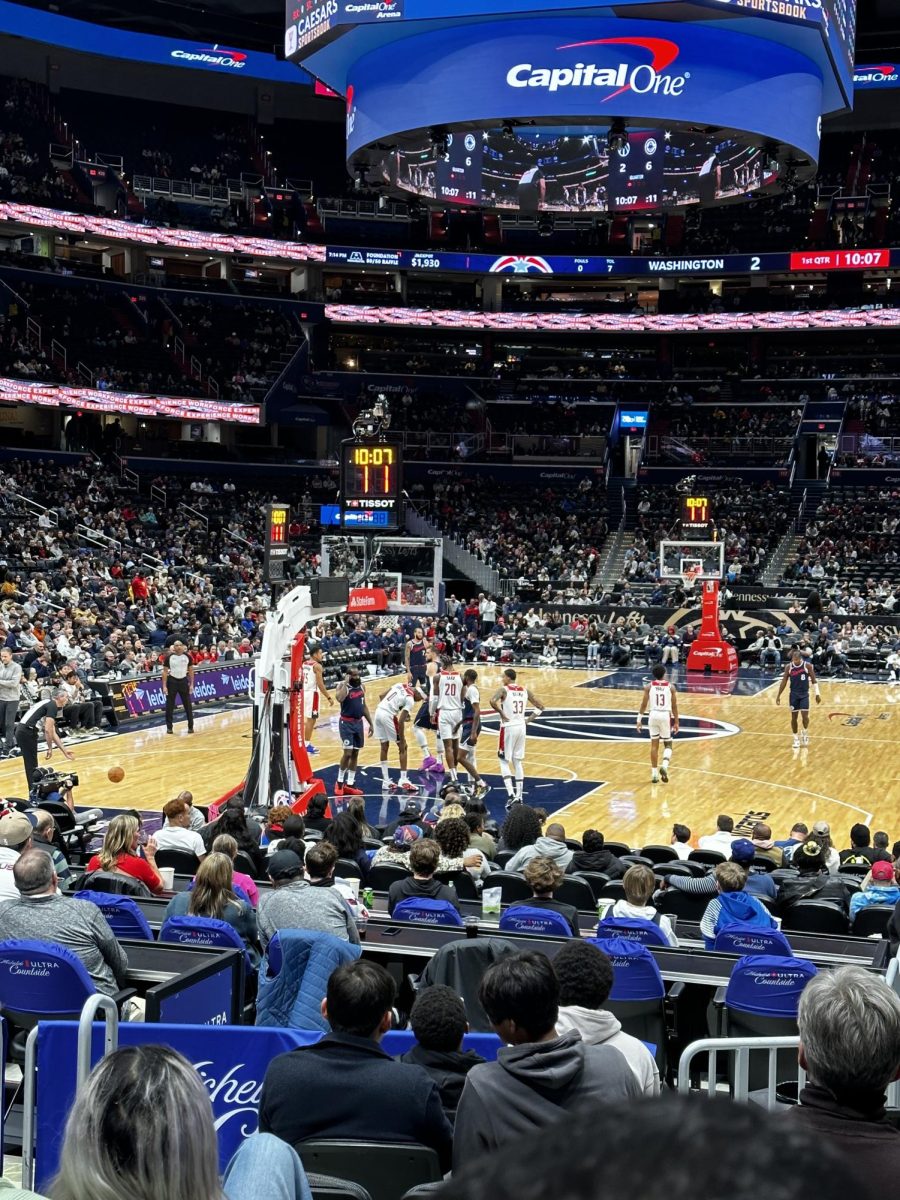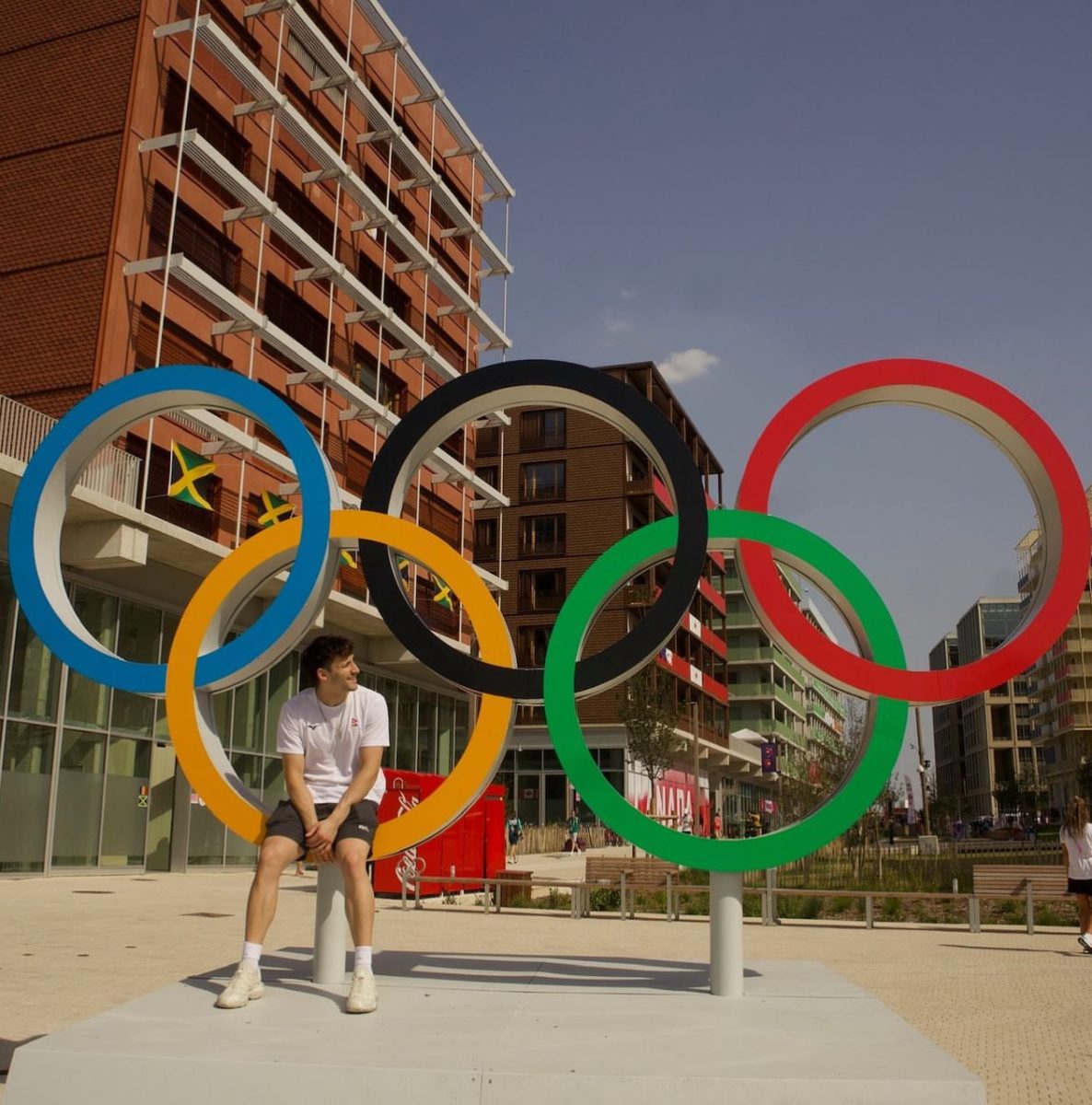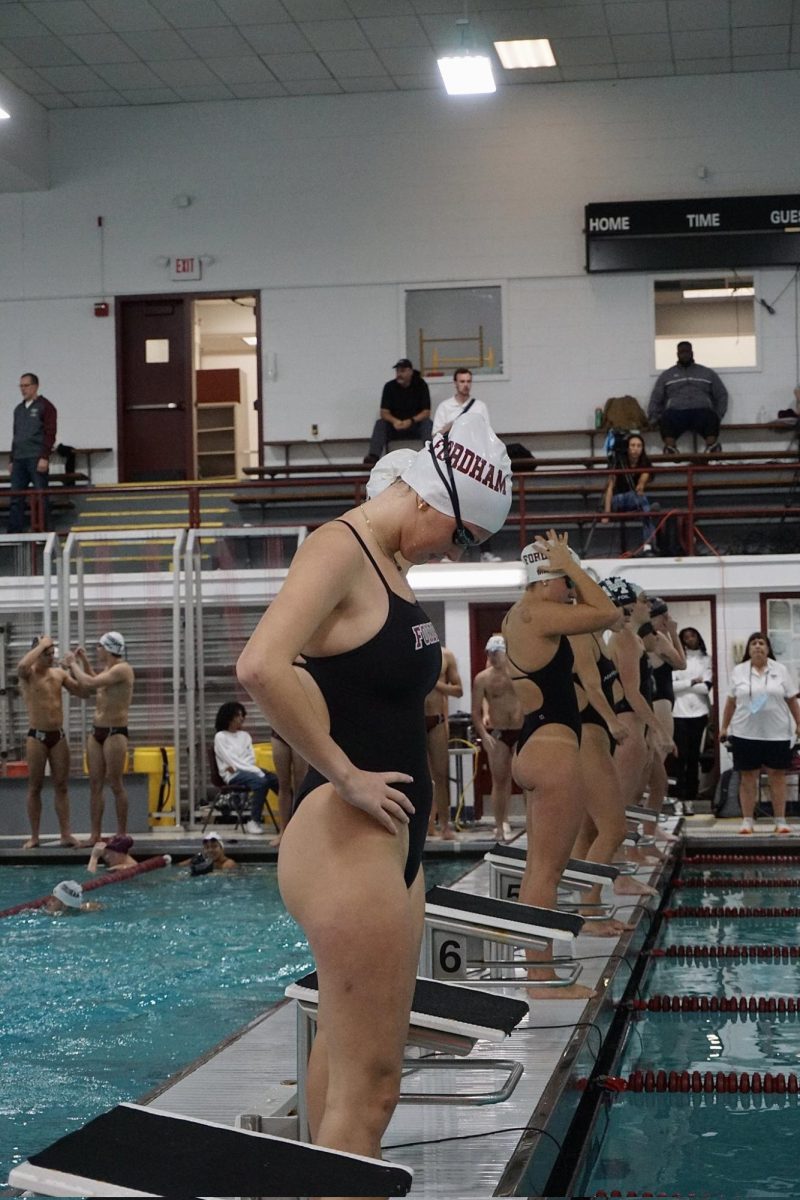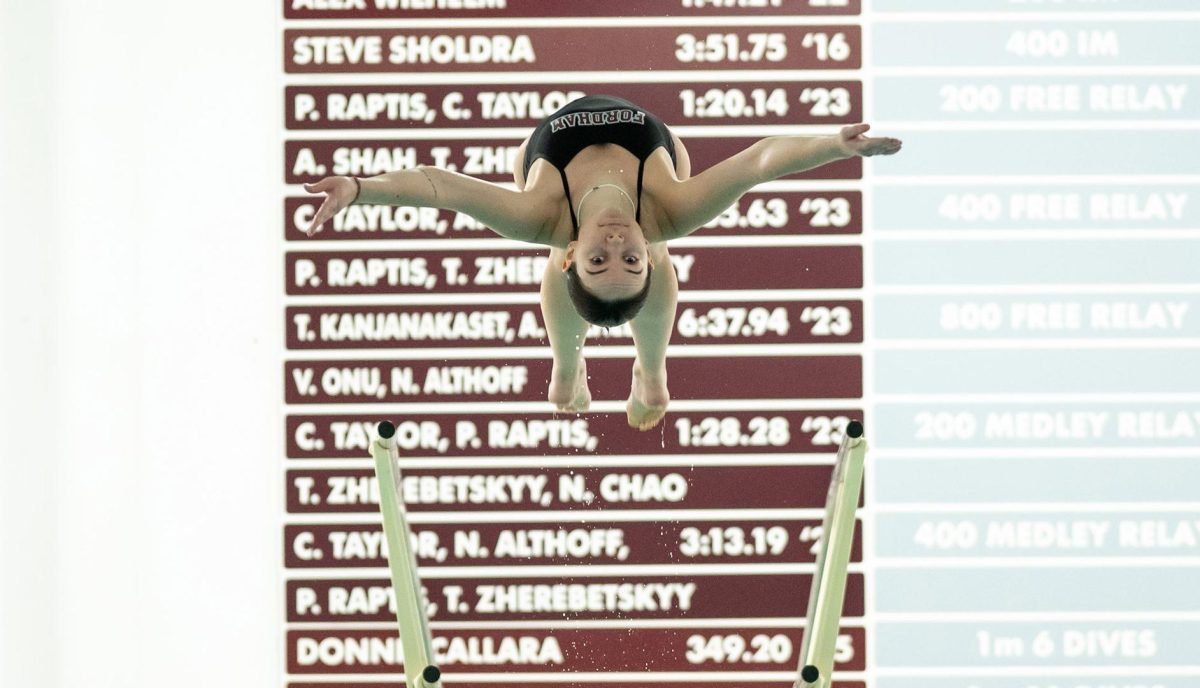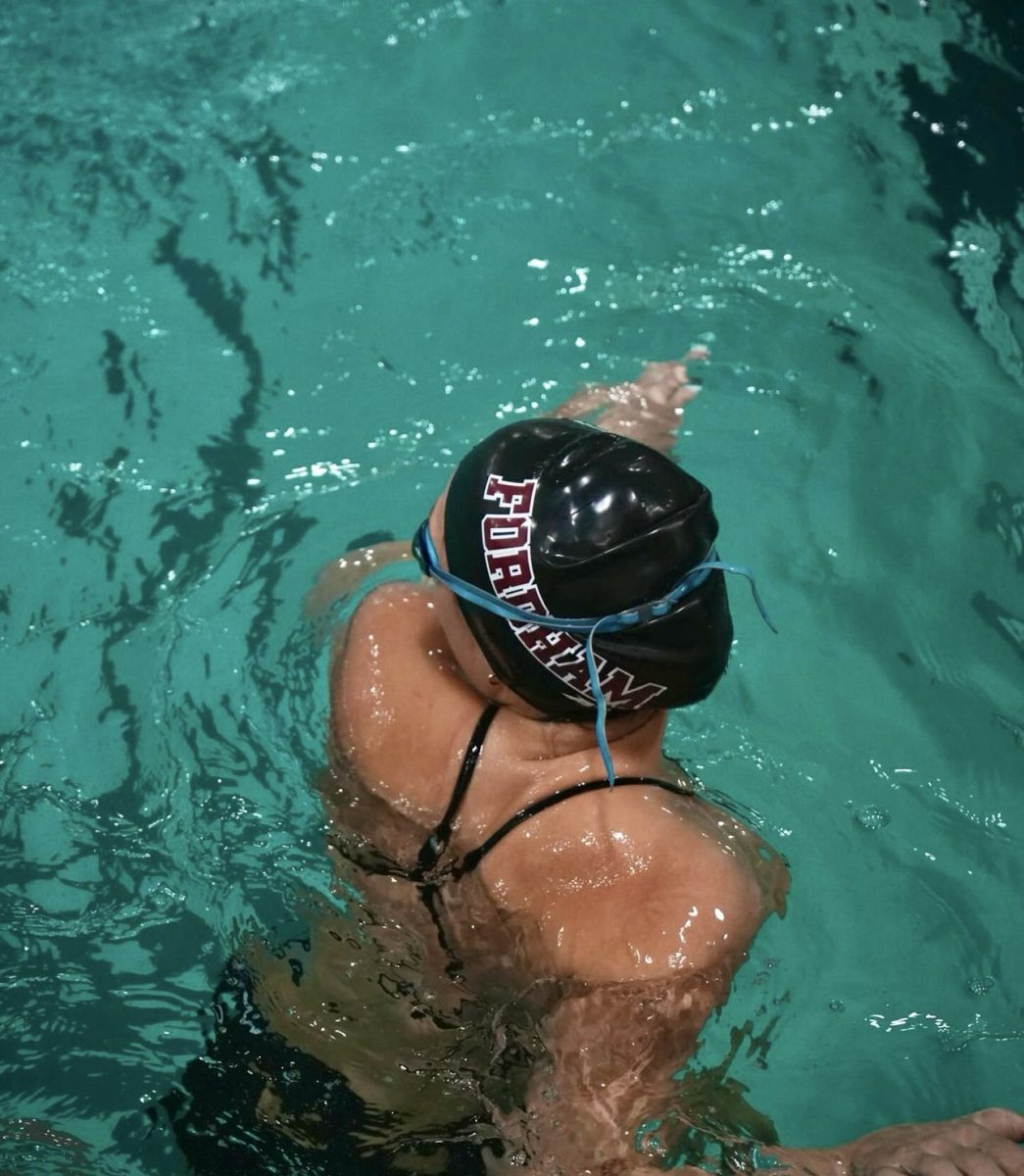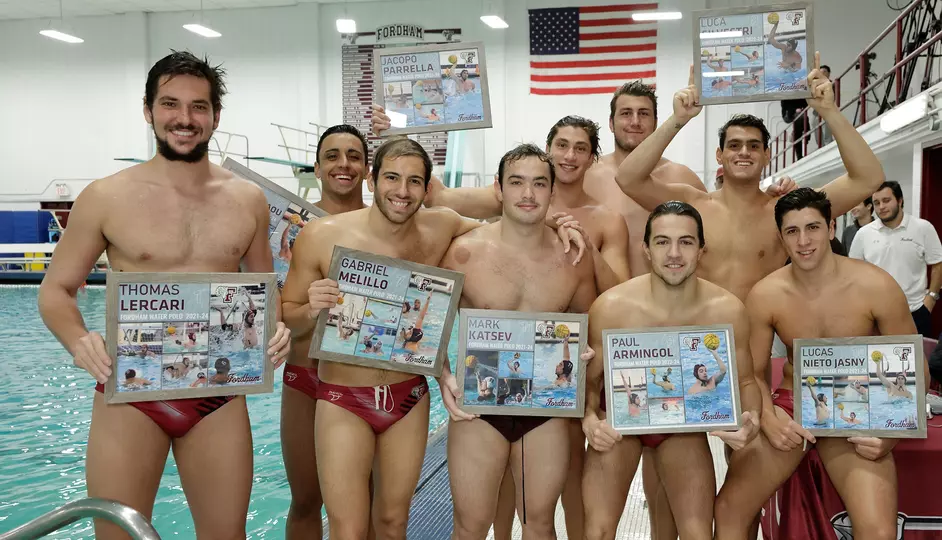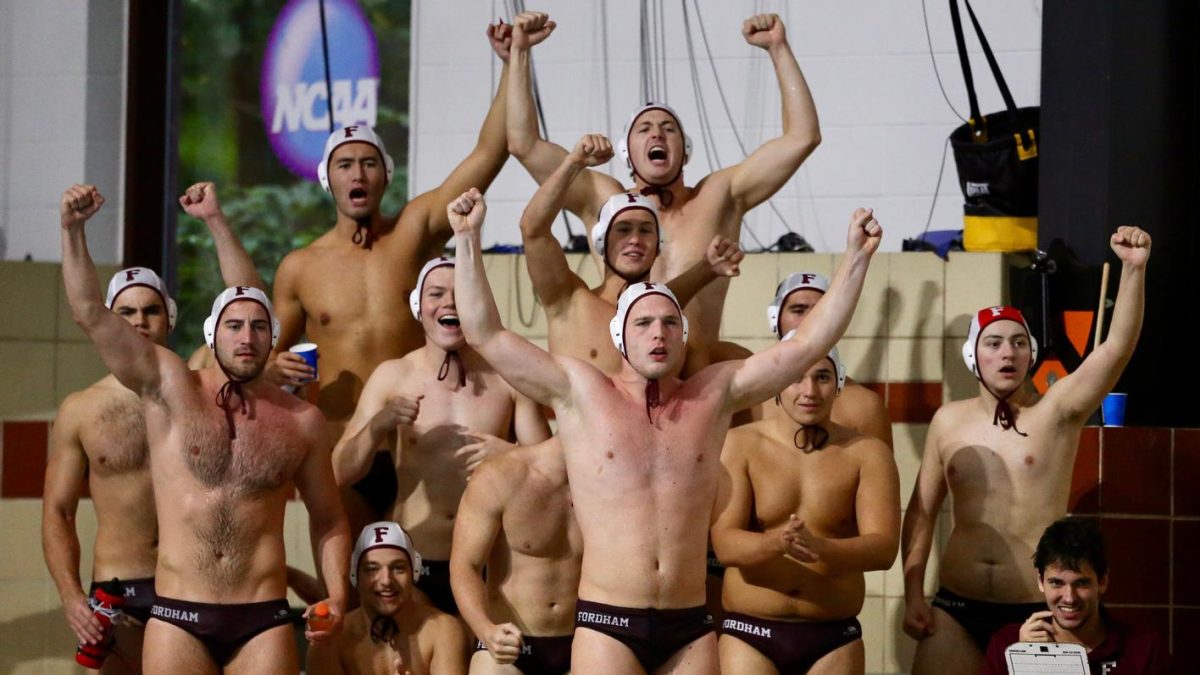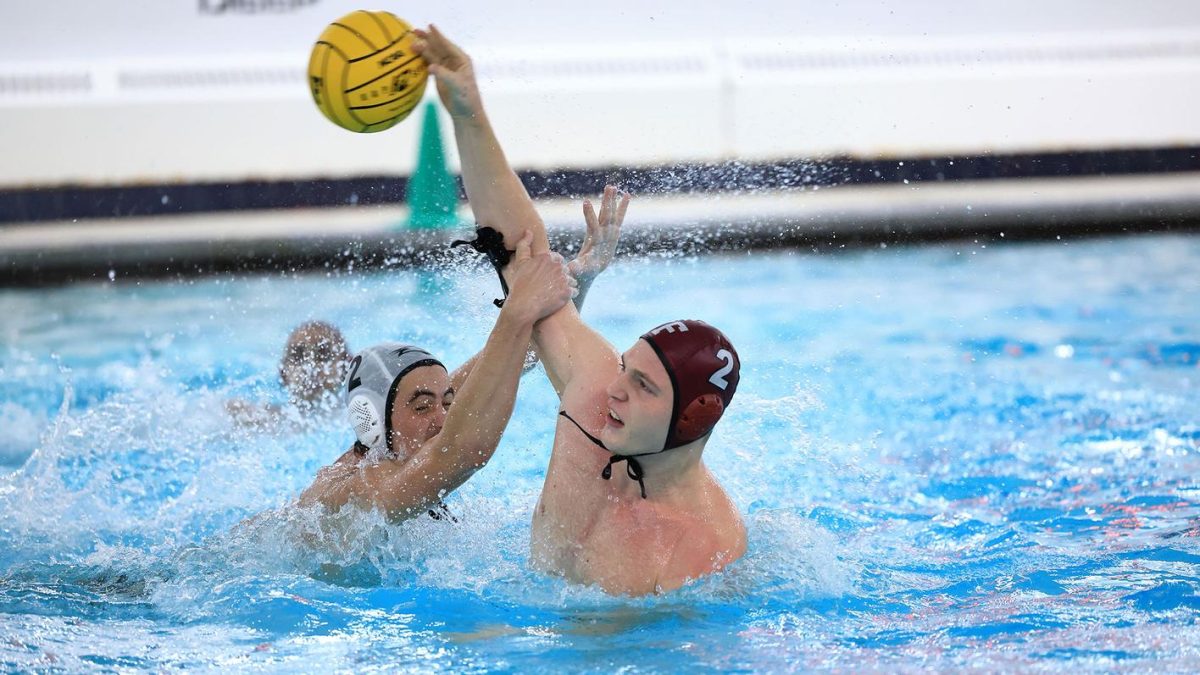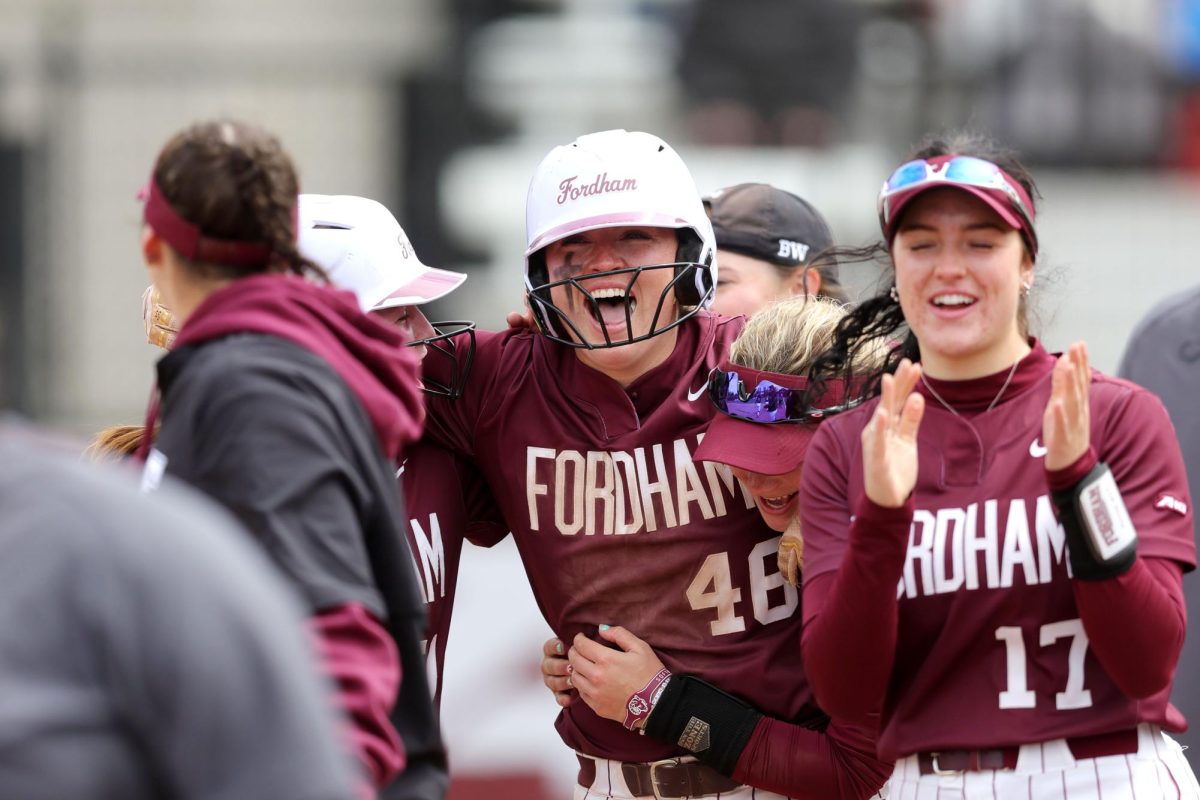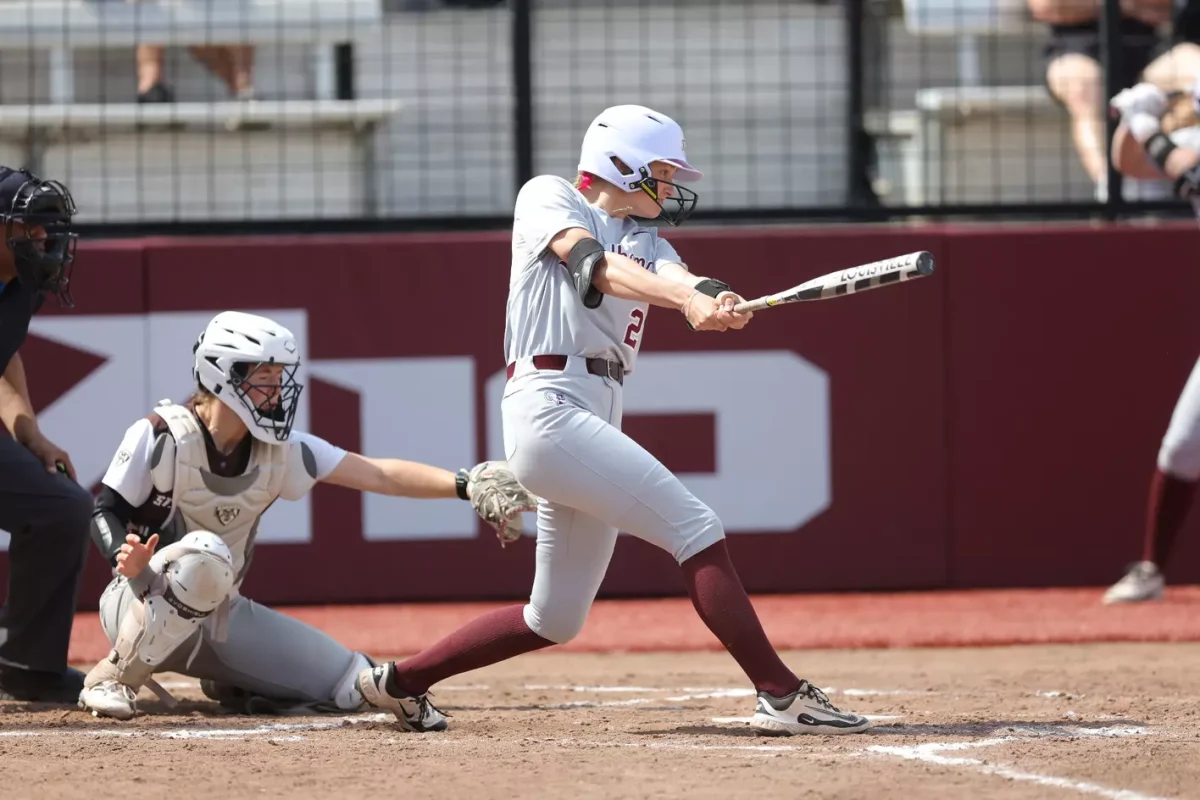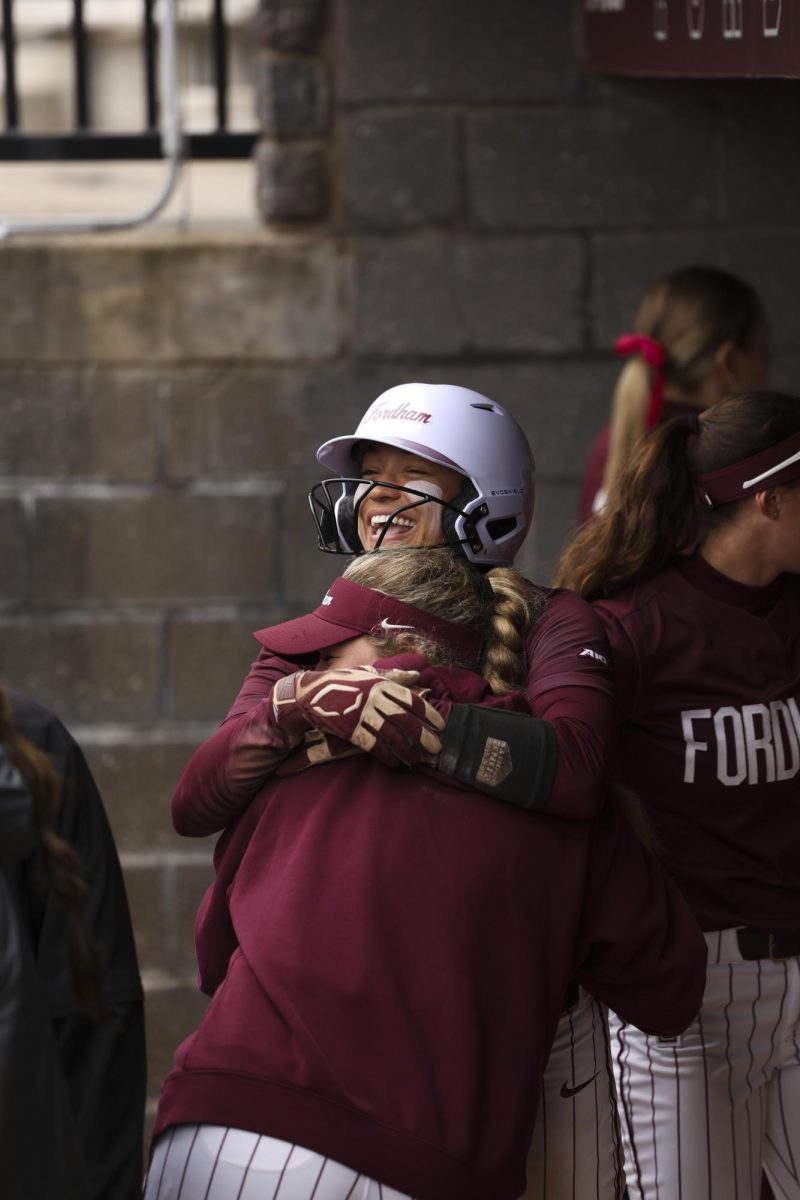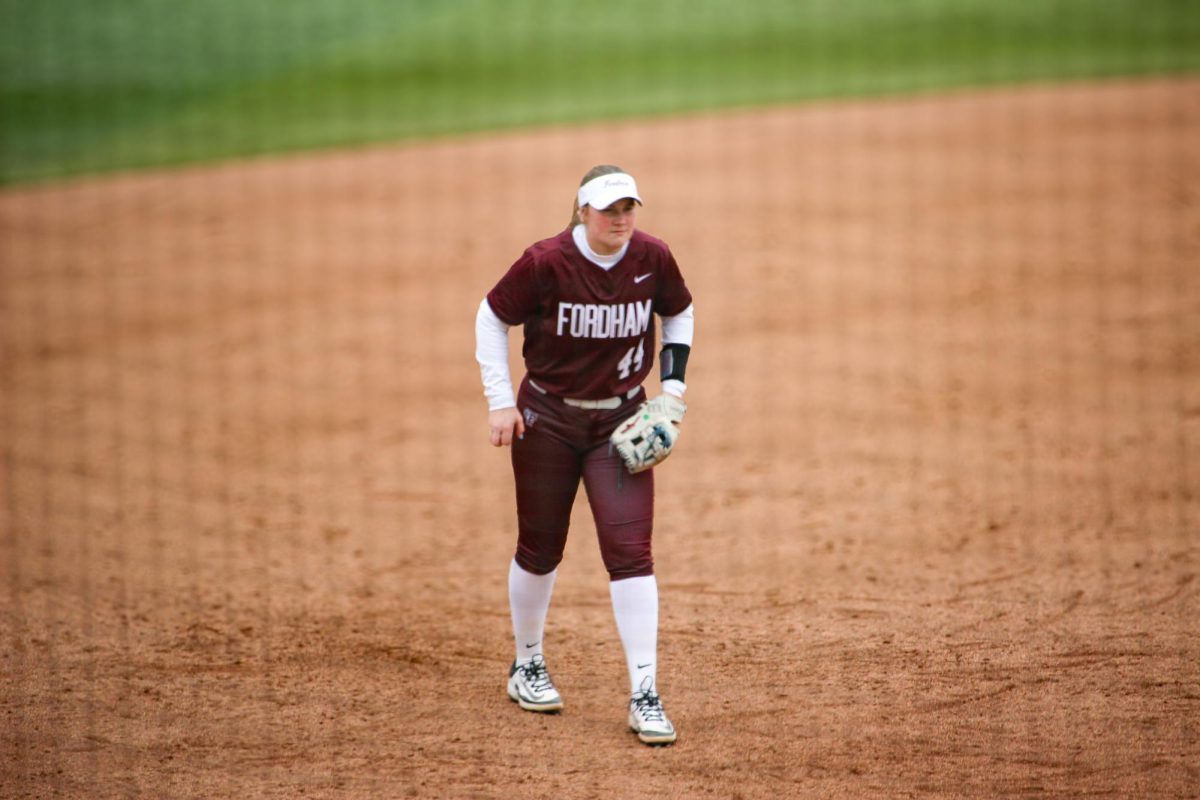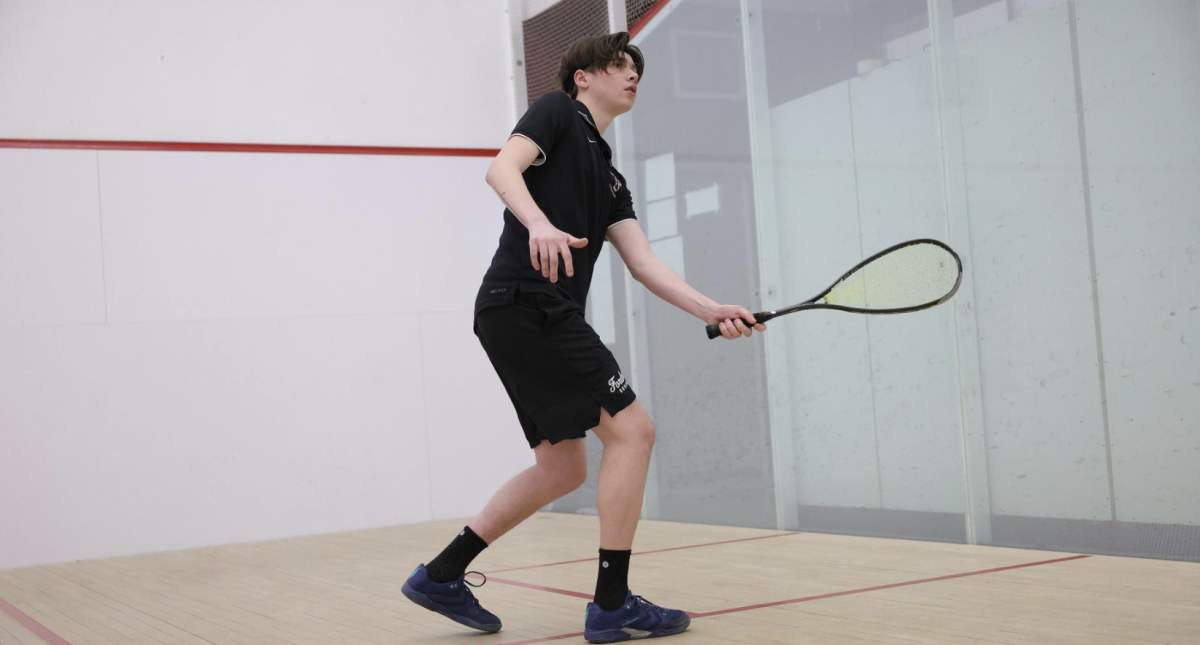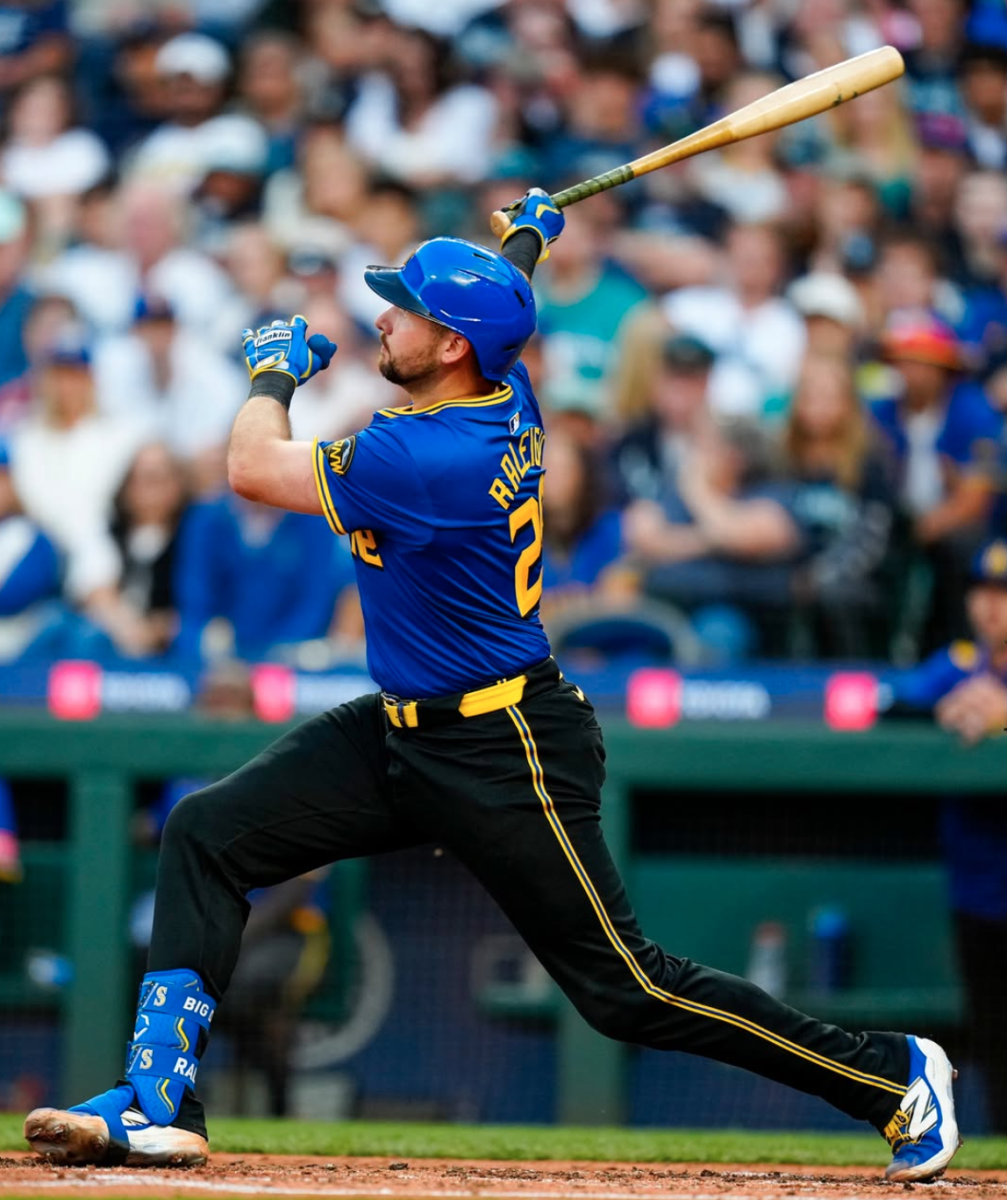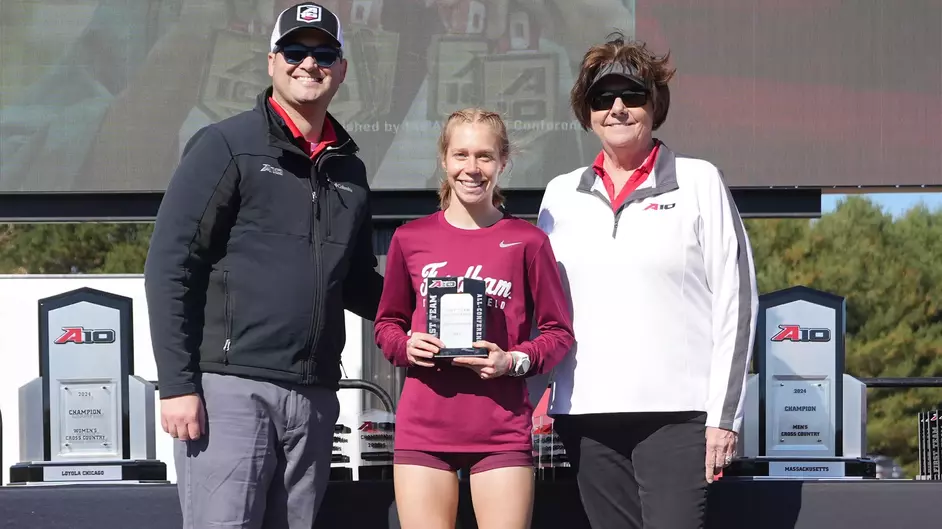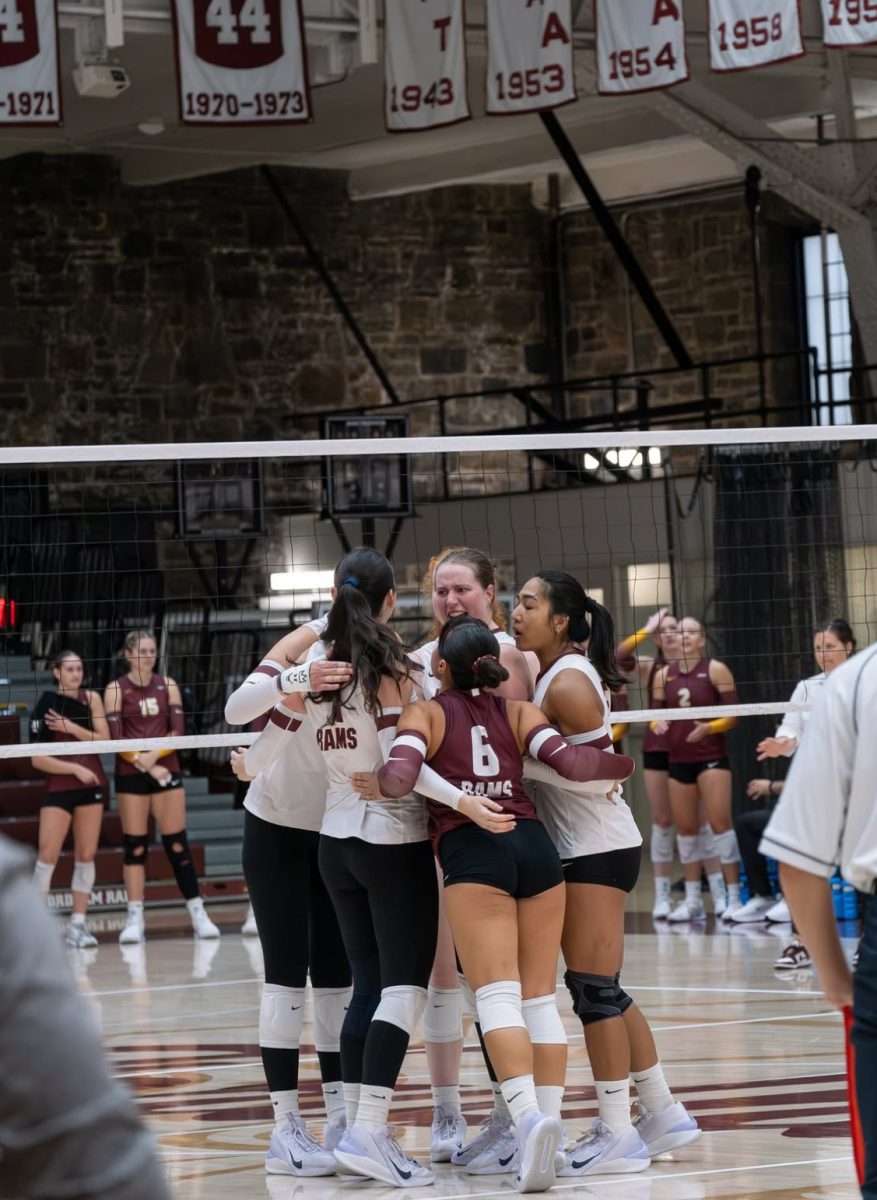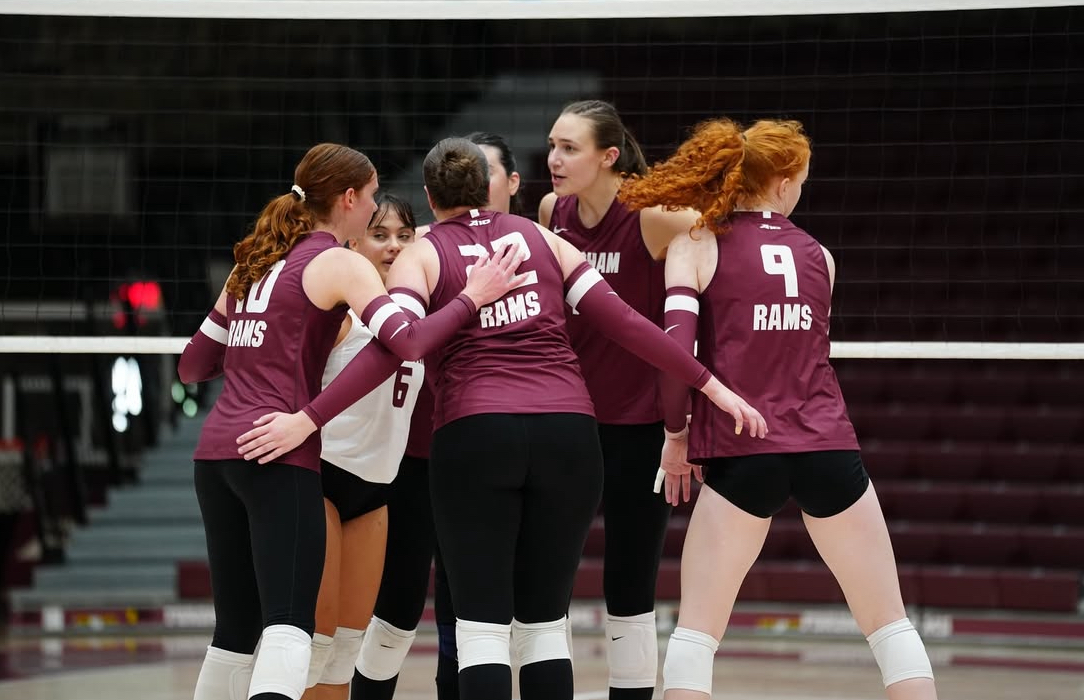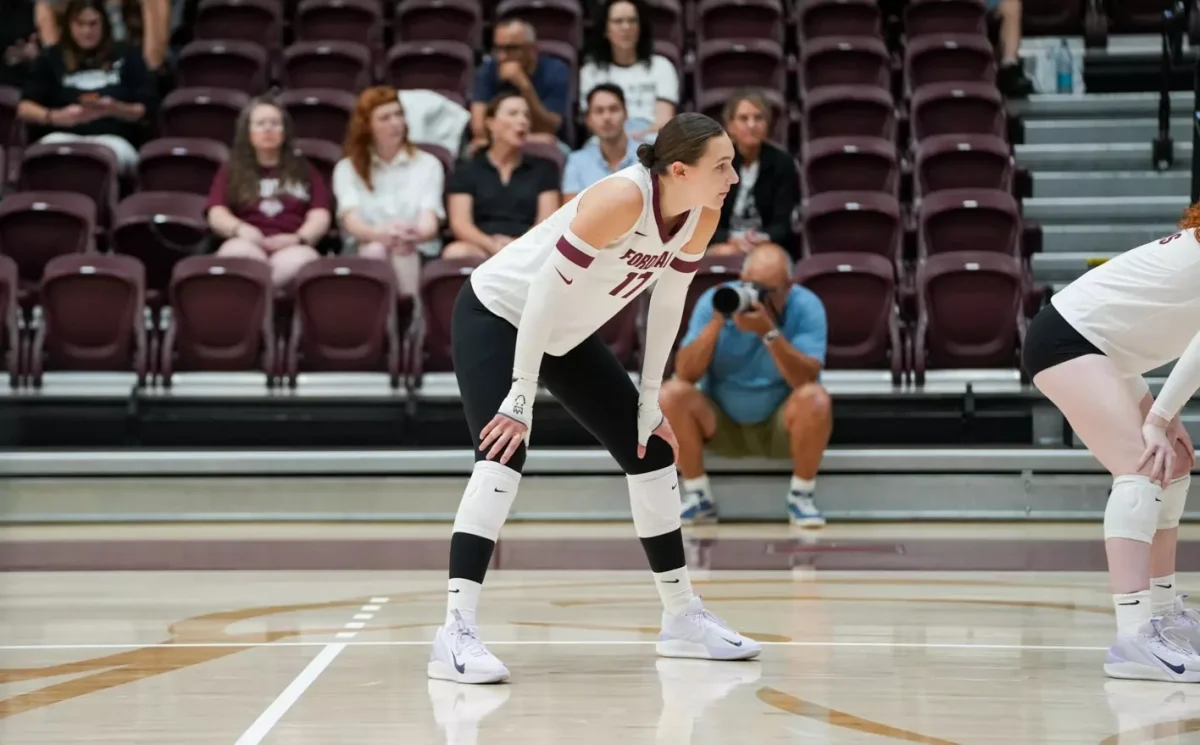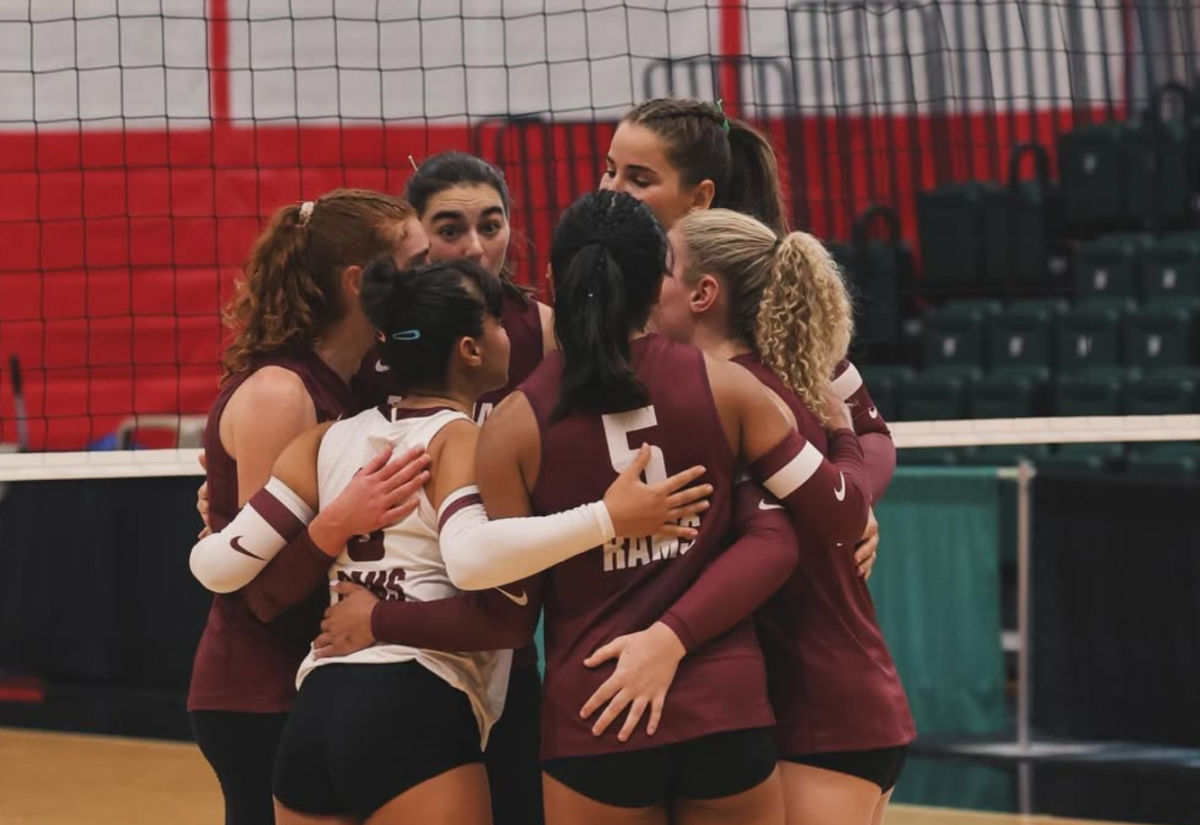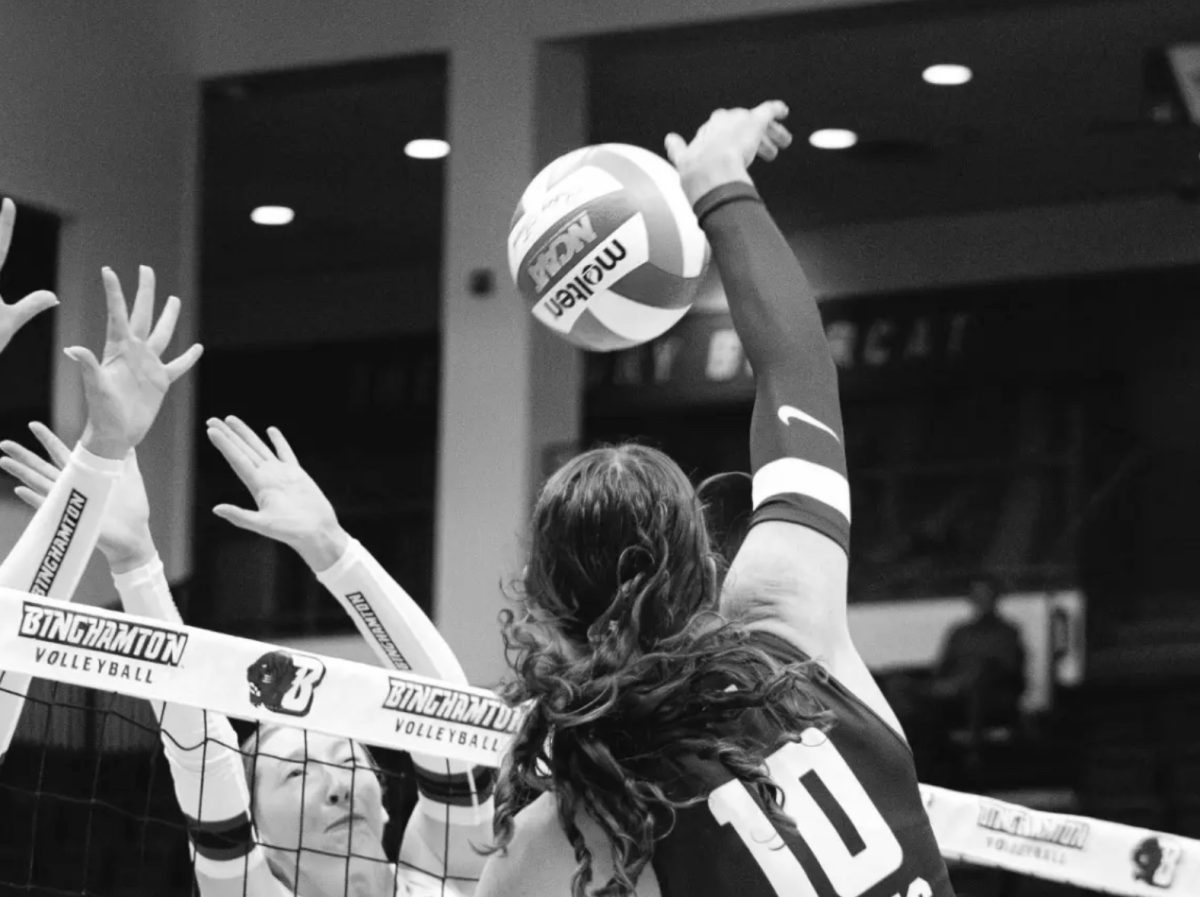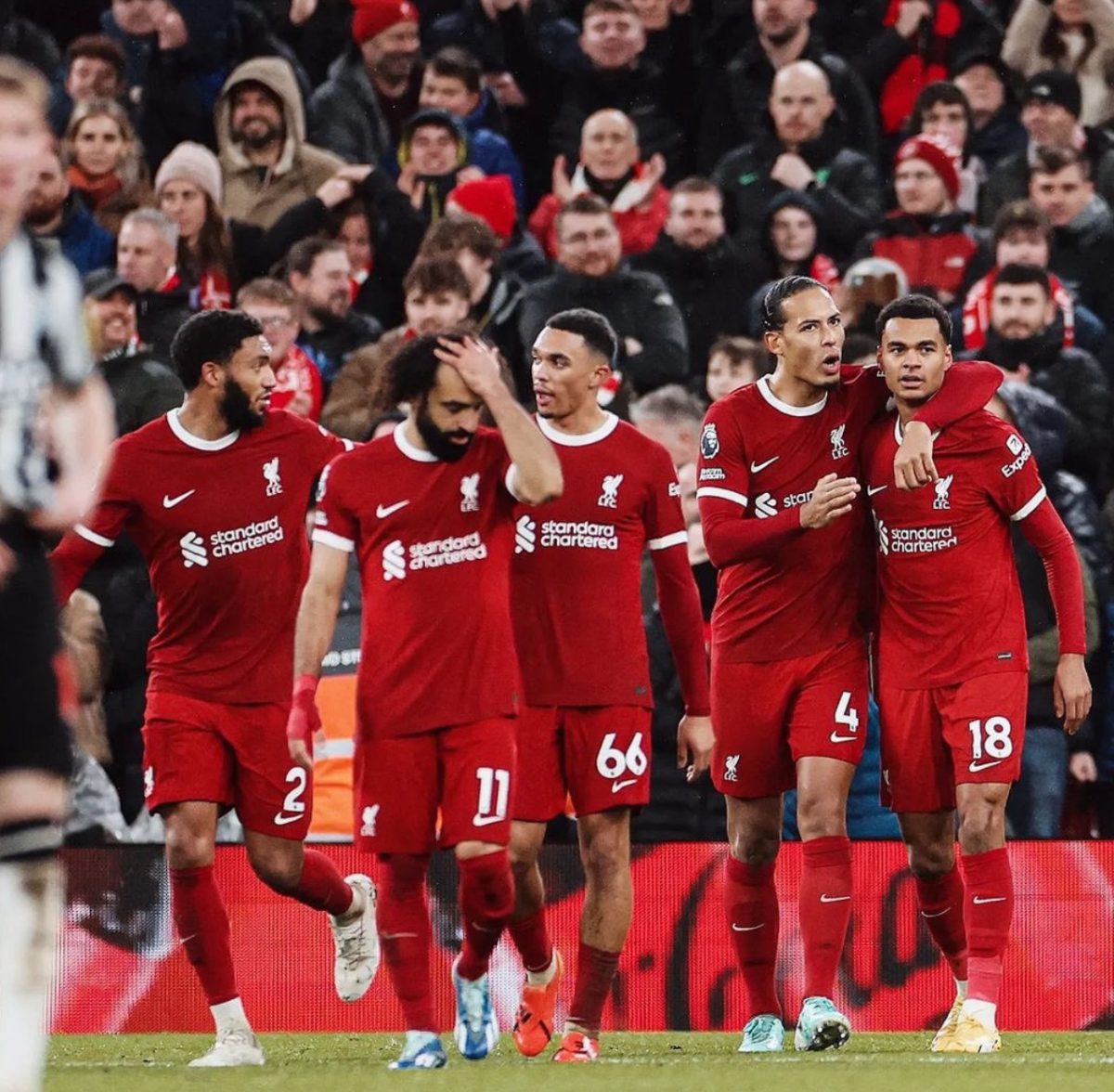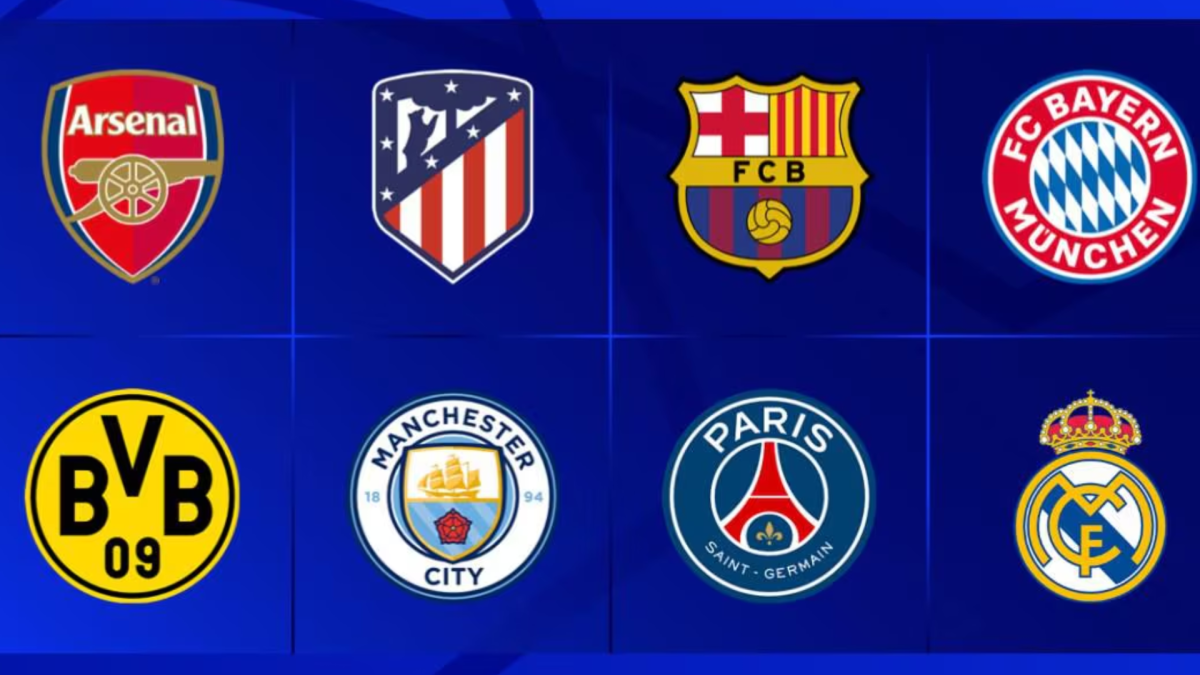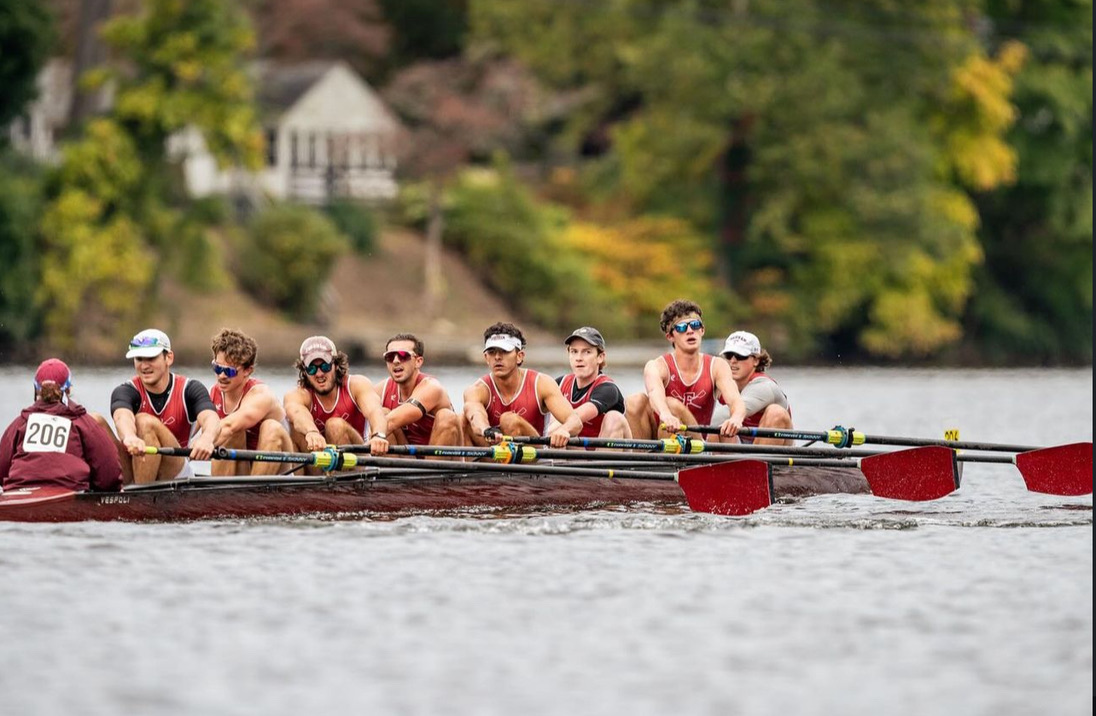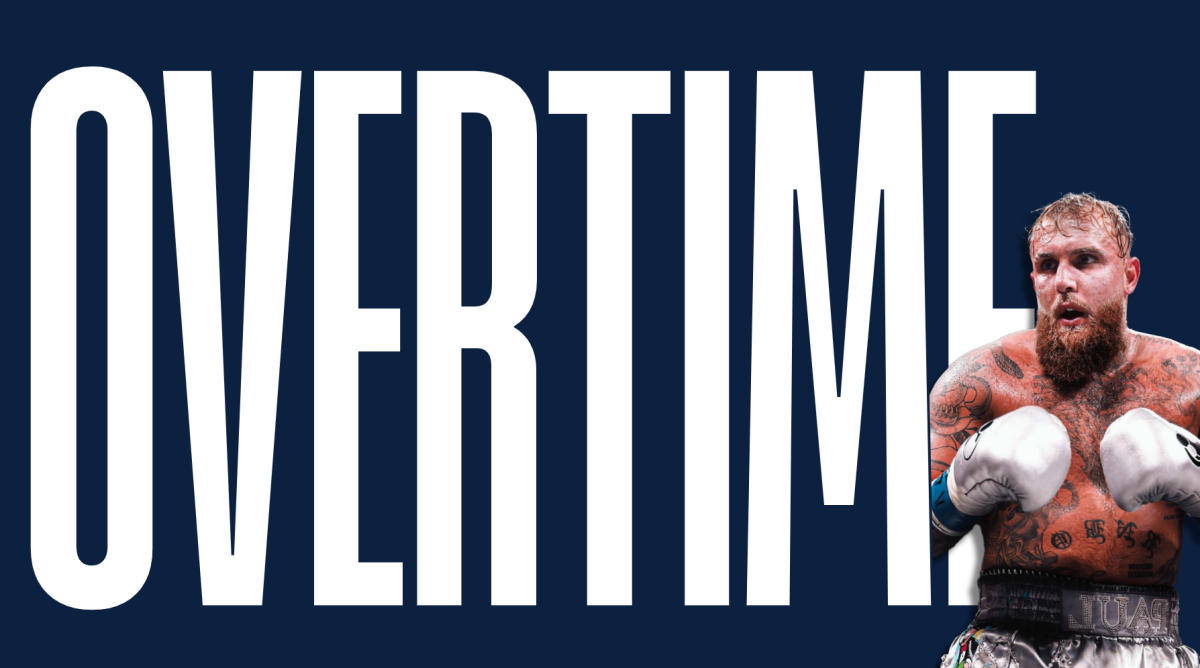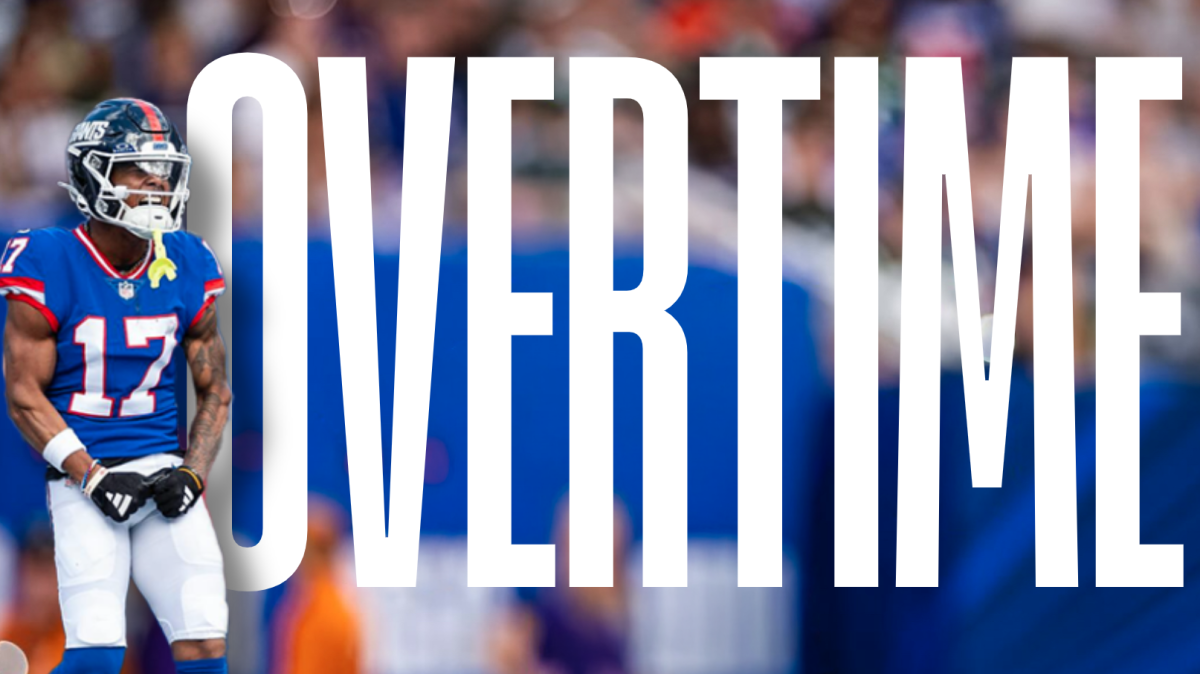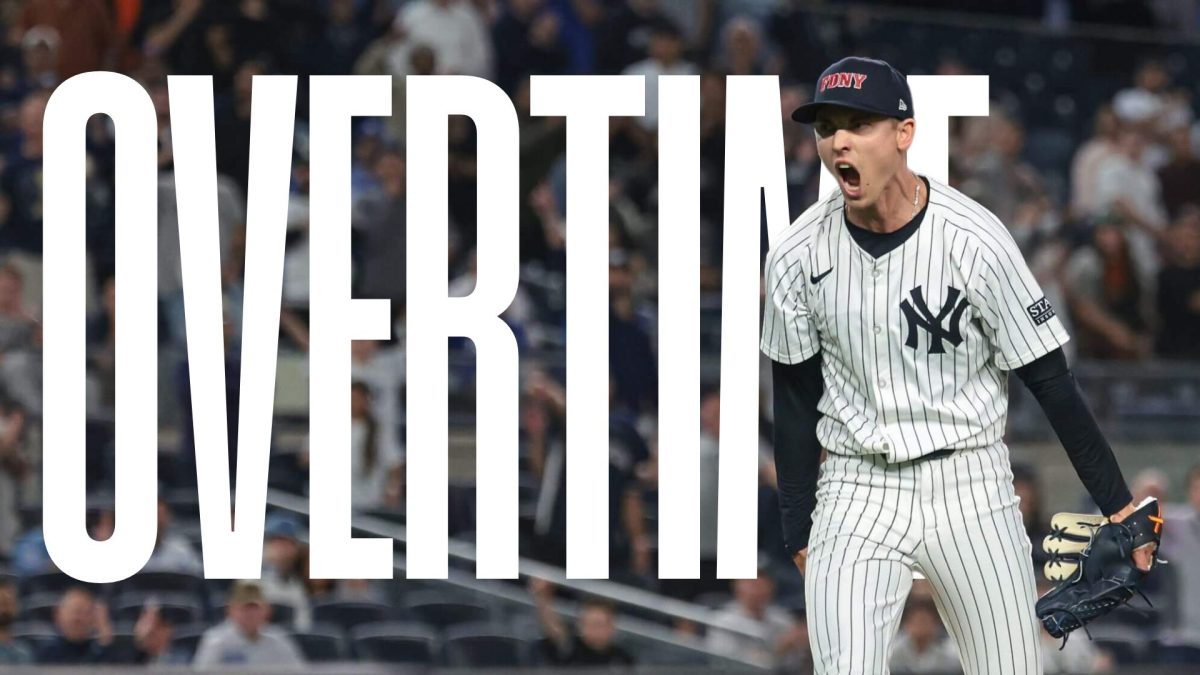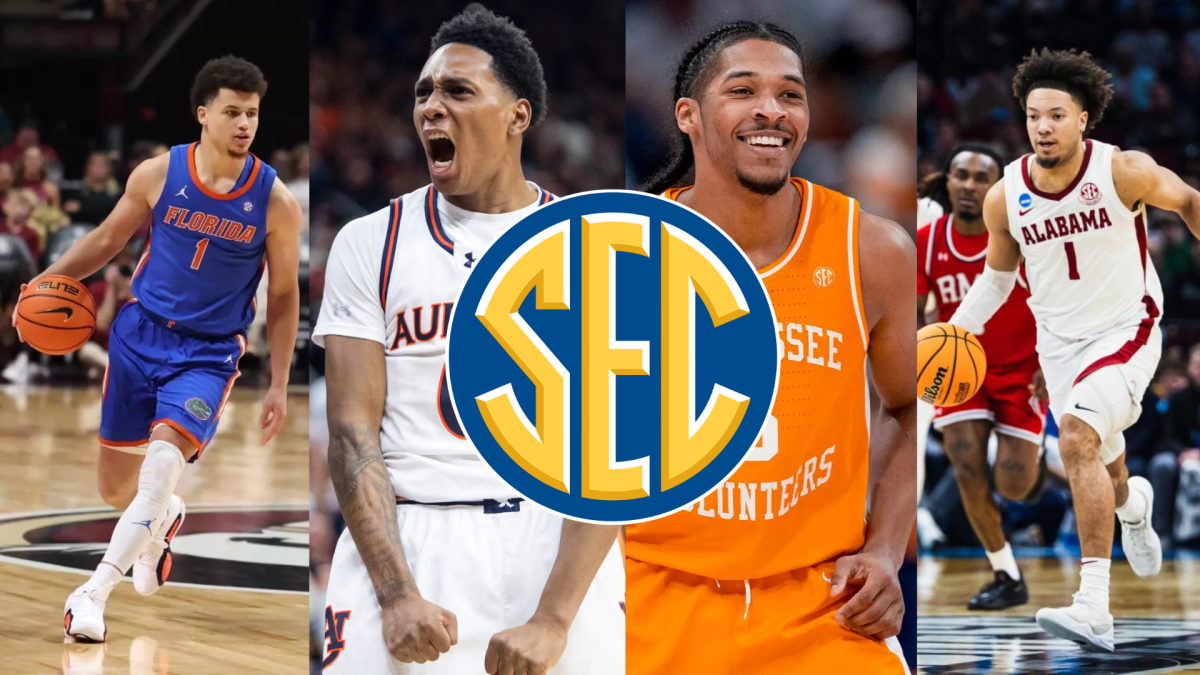From August to January, all we hear about in college sports is how the Southeastern Conference (SEC) rules football. Through February and March, we (non-SEC fans) had this sanctuary of college basketball. The conference, of course, often had its University of Kentucky Wildcats (who won their latest of eight national titles in 2012), and, sometimes, its University of Florida Gators (who won back-to-back titles in 2006 and 2007), but that was pretty much as far as their greatness ever went. However, this year, all of that was turned on its head.
The SEC has won 27 national football championships, 13 of which have been since 2006; they consistently recruit the best young talent and produce the most skilled NFL prospects. It is not unreasonable to assume that, before recent years, the conference feared diverting their extensive fan bases’ attention away from what they knew best with the fostering of their basketball programs. Essentially, for decades, SEC basketball remained a punchline while football was their religion, and their programs were the gods of it.
Between 2012 and 2017, the conference averaged fewer than four bids to the NCAA men’s basketball tournament. In 2018, a record-setting eight SEC teams were called on Selection Sunday, but only two remained by the second round, and none made it past the Sweet 16. Last year, the conference finished just 9-8 overall in the tournament despite the University of Alabama making it to the Final Four for the first time in program history.
However, times have quickly changed. This past February, four of the top five teams in the AP poll were from the SEC. According to KenPom, the University of Tennessee had the third-best defense in the country, and Florida, Alabama and Auburn University had three of the top five offenses. However, while an impressive regular season matters, the SEC knows all too well that college and conference legacies are built in March.
Fourteen of the 16 programs in the conference gained a spot in this year’s NCAA tournament, making for the most of any conference in history. SEC teams constituted half of the Elite Eight (Florida, Tennessee, Alabama and Auburn), leading to a conference battle between Florida and Auburn in the Final Four and a subsequent championship win for the Gators. “It’s a dominating performance,” said ESPN analyst Fran Fraschilla. “I’m not sure there’s ever been a conference that is this clearly far ahead of everyone else in a given year.”
But how did they get here? They essentially decided they wanted to be good.
The conference called for change following Kentucky’s 2015 loss in the Final Four, which ended a 38-0 run. They named athletics administrator Greg Sankey as the league’s commissioner, and he recognized men’s basketball as an area of priority. He hired former Big East commissioner Mike Tranghese as an adviser and former coach Dan Leibovitz as a dedicated associate commissioner. Facilities were either rebuilt or refurbished on most campuses, veteran coaches were hired (including Auburn’s Bruce Pearl, Tennessee’s Rick Barnes and Kentucky’s John Calipari) and exciting early-season games were scheduled primarily to gain the investment of fans. “We’ve just continued to reinvest in basketball in this league,” the Tigers’ Pearl explained. “And the level of play, the fan engagement, the depth of talent in the league … it’s just continued to go to another level.”
The investment, however, certainly did not end with arenas and coaches. Recent changes in Name, Image and Likeness (NIL) policies have shifted the methods of building a great team. Transfers are no longer required to sit out for a season, and NIL collectives can offer athletes financial deals to join their programs; any incoming player can basically be bought out. Being one of the richest conferences in college sports, the SEC has everything it needs to win big with high school recruits and (its primarily targeted) transfers. Many of their star players proved their skills while previously playing for mid-major schools, including Auburn’s Johni Broome (Morehead State University) and Florida’s Walter Clayton Jr. (Iona University). With their money and power, the SEC was able to sign them once they knew they could shine. In doing so, the conference can preserve its experienced players while recruiting new talent.
Contrastingly, some of the Atlantic Coast Conference (ACC), a historically dominant basketball conference, has resisted adhering to new NIL methods and consequently earned only four spots in this year’s March Madness. According to ESPN, “the ACC’s top 10 men’s basketball players in NIL earnings in January 2024 made less than their peers in the Big East, Big Ten, Big 12 and SEC.” ESPN analyst Seth Greenberg described, “We live in a world where it’s ‘pay for play’ … Your investment equals your expectation. If you want that expectation of being really good, then you’ve got to match that expectation with your investment.”
The SEC has been able to flex its muscles in the basketball world with its deep pockets. While the conference is successfully adjusting to the times, stories like these make me wonder if March will ever deliver as many exciting underdog moments as it has in the past. If this were a decade ago, maybe we could have seen Clayton bring the Iona Gaels deep into the tournament instead of the Florida Gators. But who’s to say? March will always have its madness, and the future of the NIL and its full effects on the sport remain unknown.
What the SEC has accomplished this past season is nothing short of impressive, but it may be a microcosm of modern college basketball (or all college sports) — that is, money wins. This splurge of investments increased tournament participation, bringing more revenue for the postseason, forming a cycle of advancement.
A new era of college basketball has begun. With it, the SEC no longer has to be braggadocious for only half the year while nearly every other conference does. The February-March sanctuary is no more.




